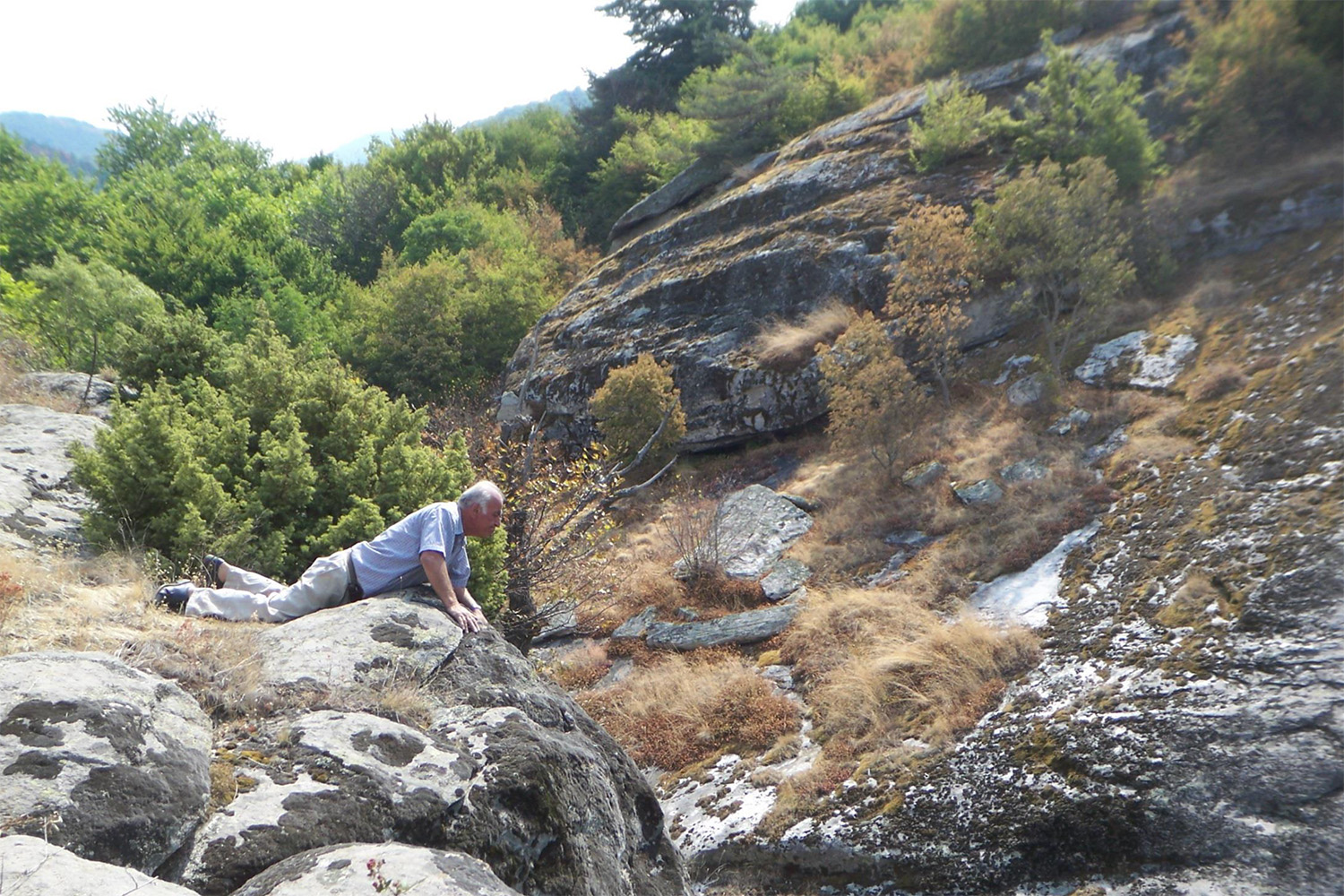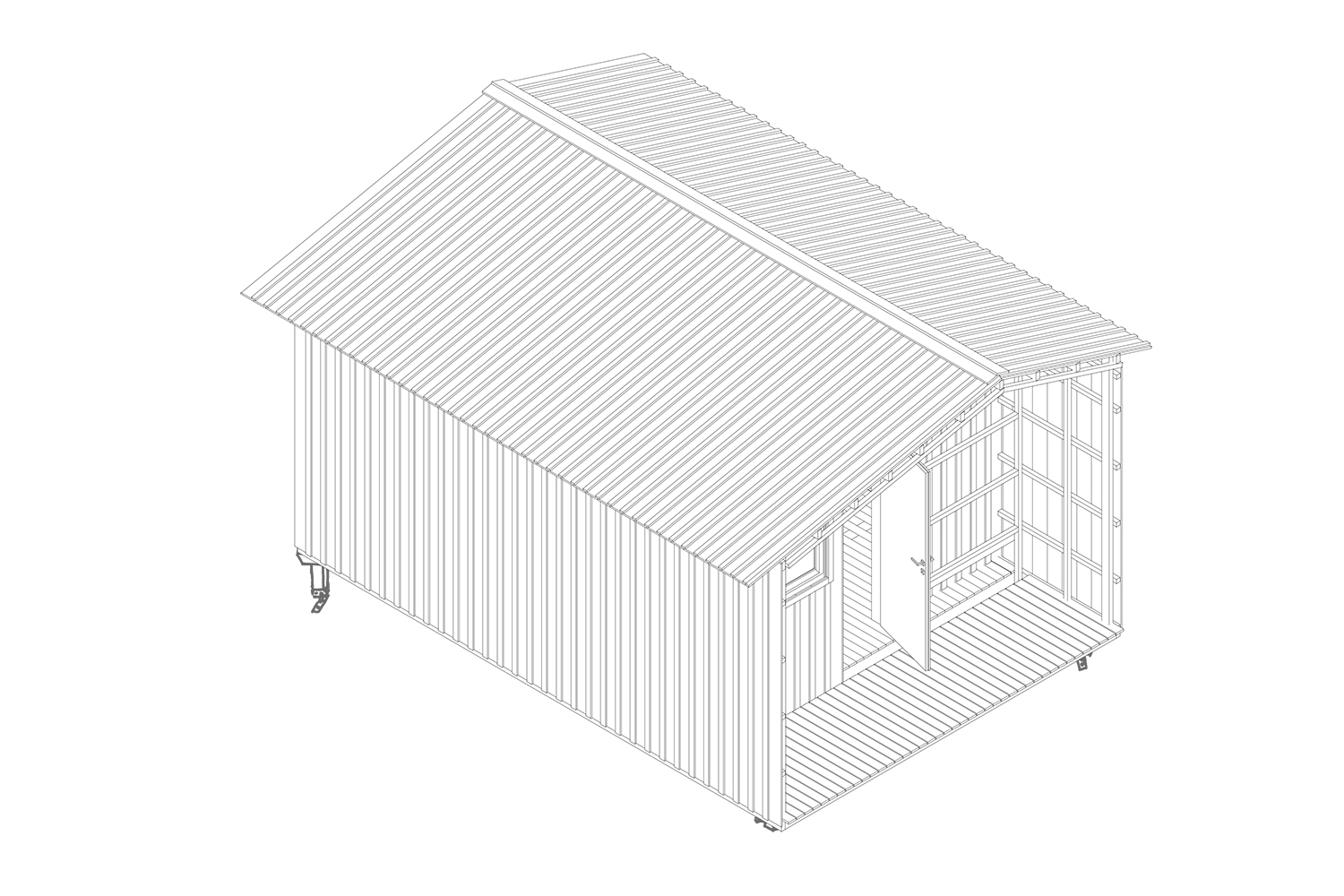
HUT FOR SPELEOLOGISTS KAPNOFITO, GREECE
a
Due to the discovery of approximately twenty caves in the region of Sidirocastro, Greece, in the frontier area close to the border with Bulgaria, the interest in exploring the unexplored is immense. Geophysical surveys show that all the small caves in the area are connected to each other through a network of tunnels. In Greece there are fifteen active speleological associations. Mavros Vrachos is the local association, working intensively for the development of explorations of the newly discovered caves. They collaborate with other associations, hoping to find specialists to come into the area in order to accomplish the explorations.
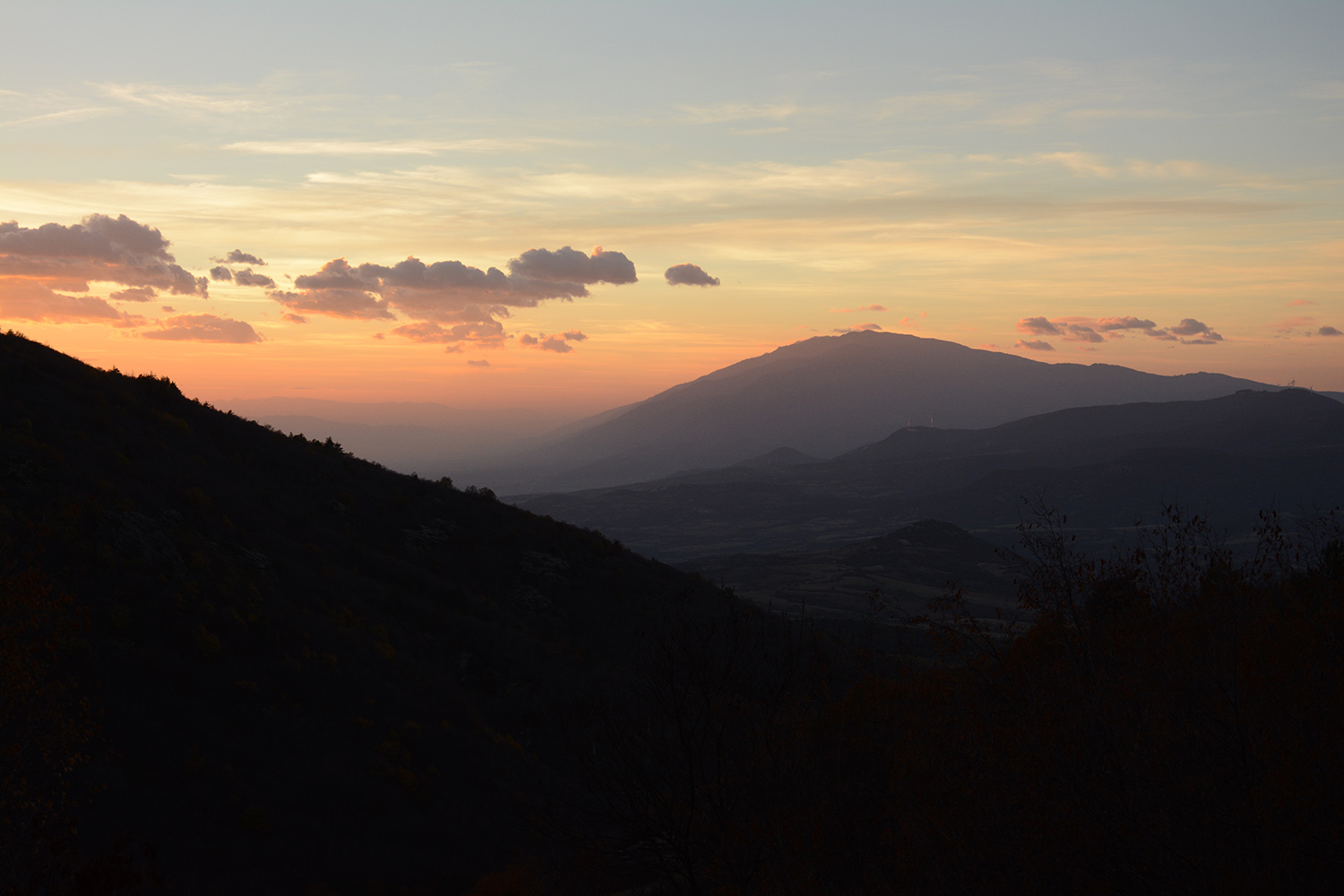
Precisely for this reason a shelter is proposed to be build. As a gift to all groups of speleologists interested in the area, working voluntarily with their own means. The speleologists never had government support and currently it is even harder for them considering the financial situation in Greece. The frontier area in the north of Greece is in utter degradation because of the lack of jobs and it is not a touristic area as most parts of Greece are. The speleologists struggle a lot to do the necessary explorations and to create new opportunities for the area through their respect for nature. There are mostly older people living in the small villages around Sidirocastro and as a result there's a lack of skilled young speleologists able to go down into the deep to explore the caves.
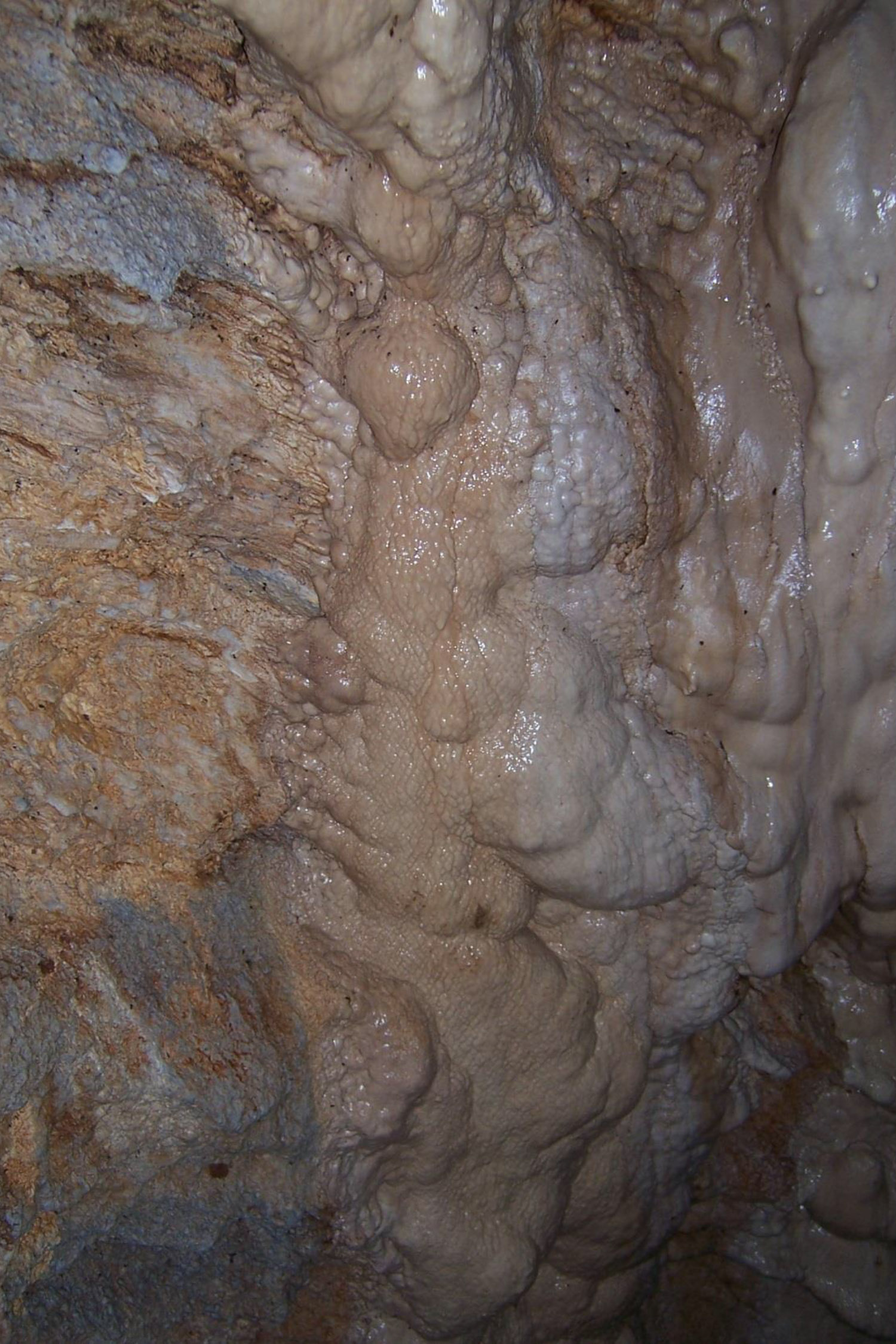
The site for the hut was found by Mavros Vrachos at a canyon and a waterfall, near to the newly discovered caves and a small reservoir. The site offers a magnificent view of the mountains and the valley. Besides Mavros Vrachos the inhabitants of the small and nearby village Kapnofito were positive towards the idea of building a hut here. The success of the project depends to a great extent on their willingness, hospitality and direct help during construction. Helping to fix the foundations to the rock and finding tools for example. And since they believe in the importance of the hut for the area they will take on the responsibility for long term maintenance and proper use of the hut.
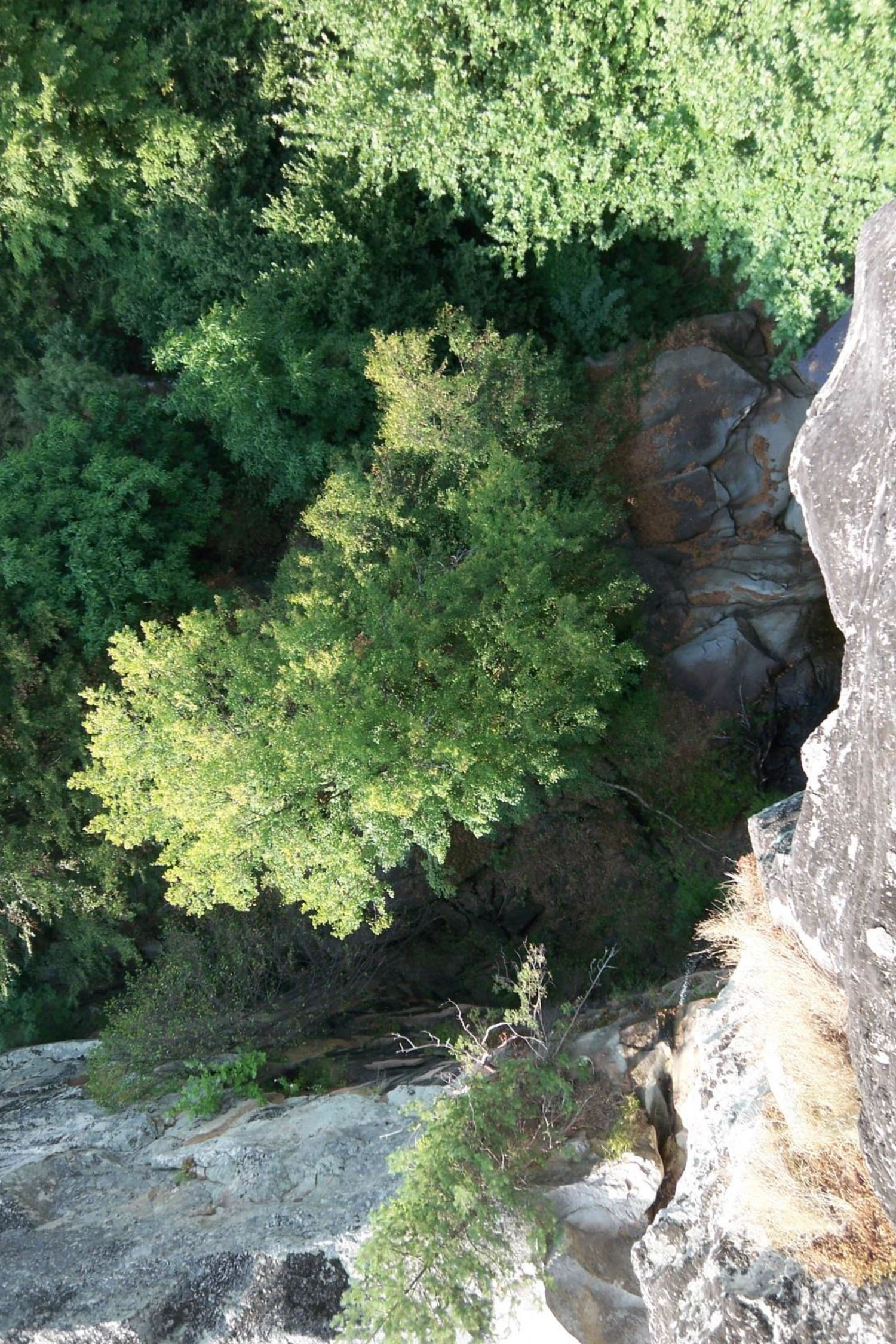
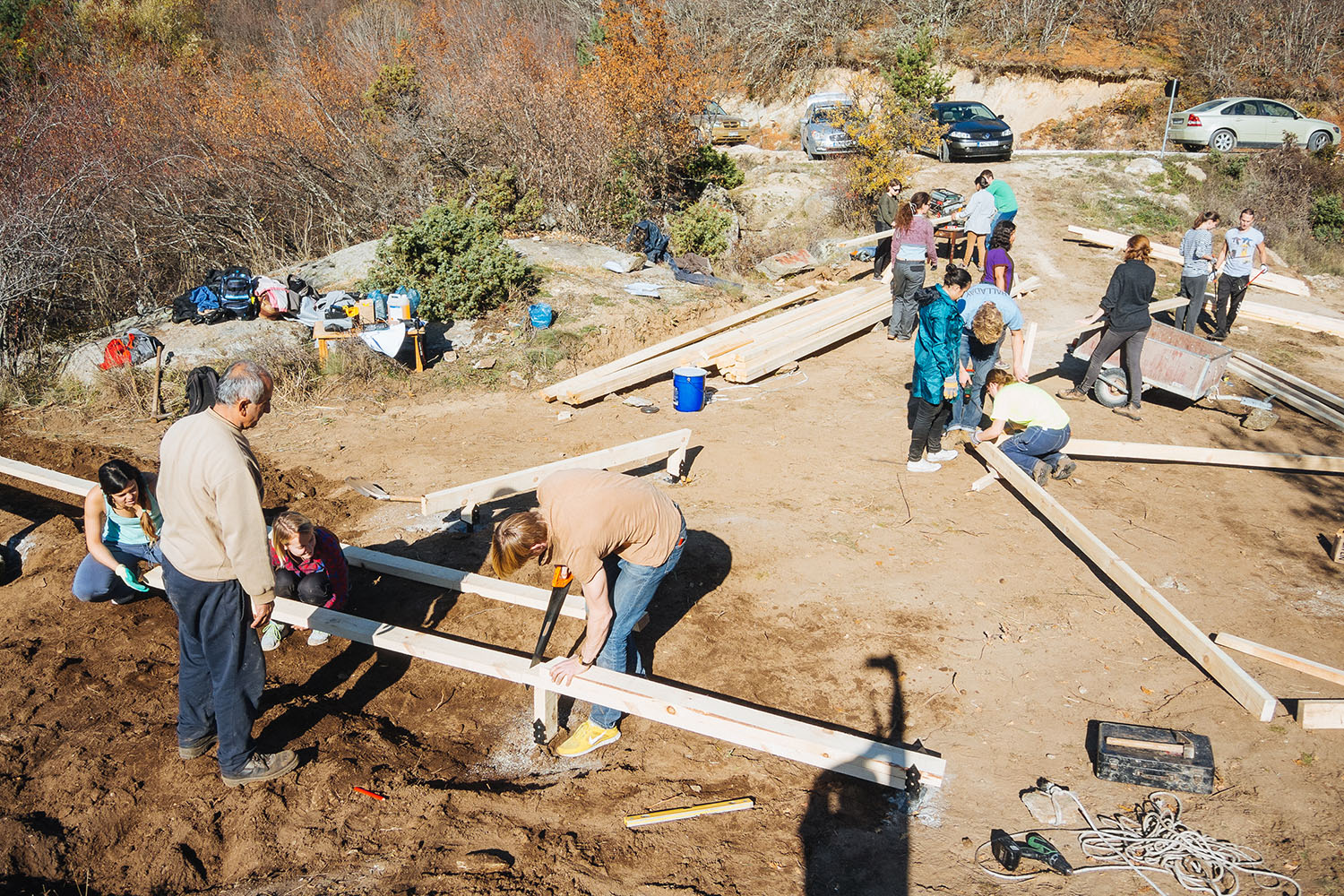
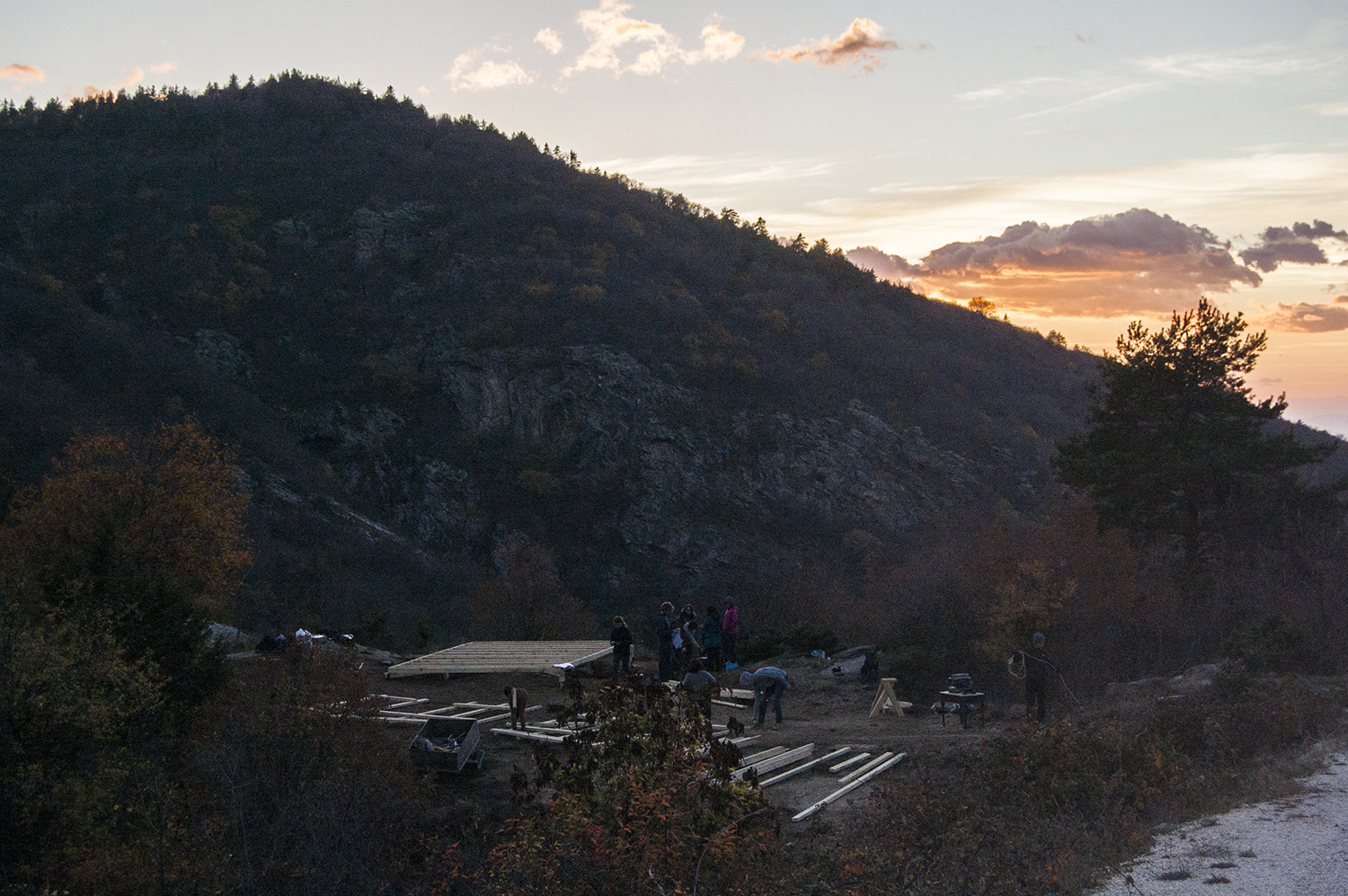
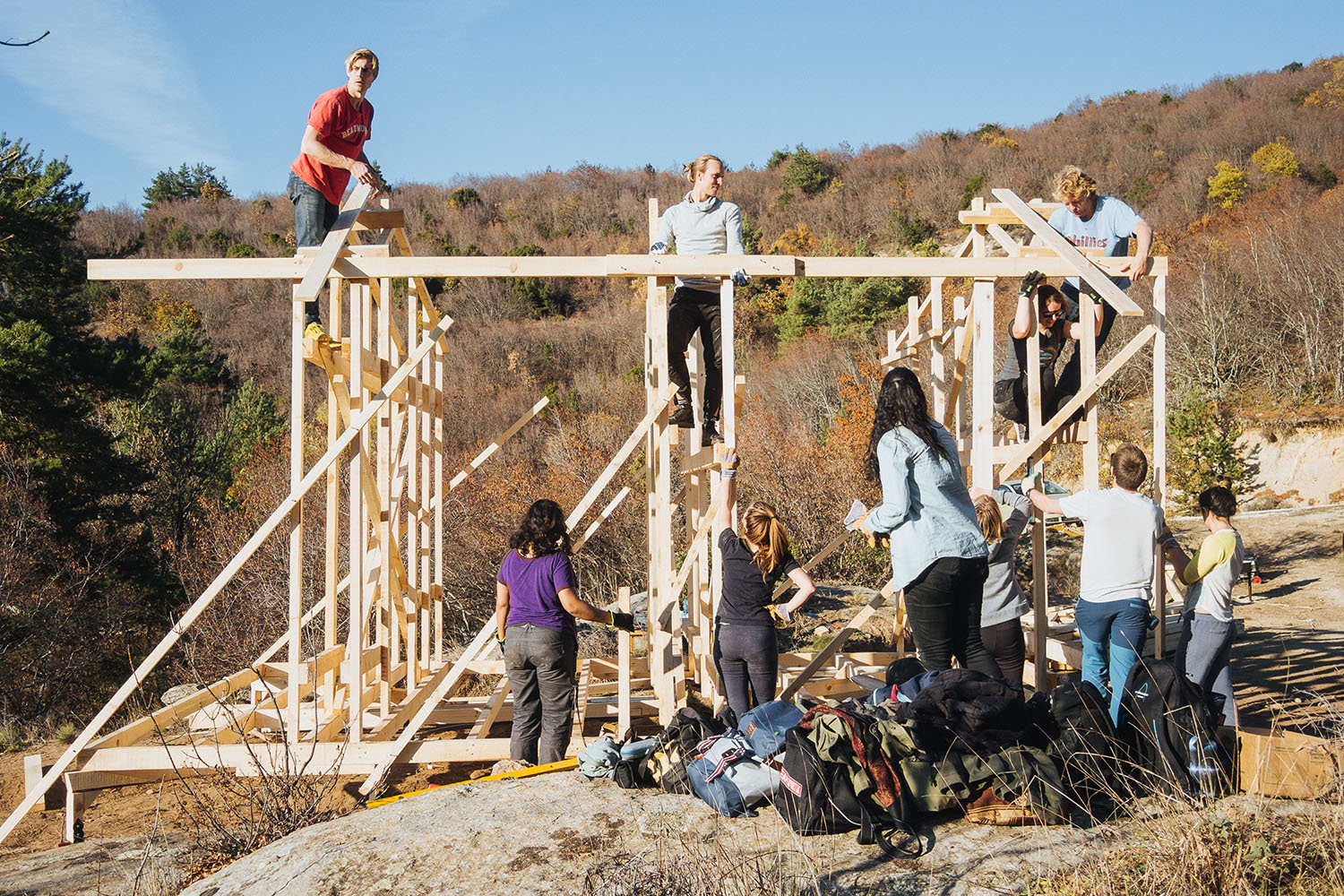
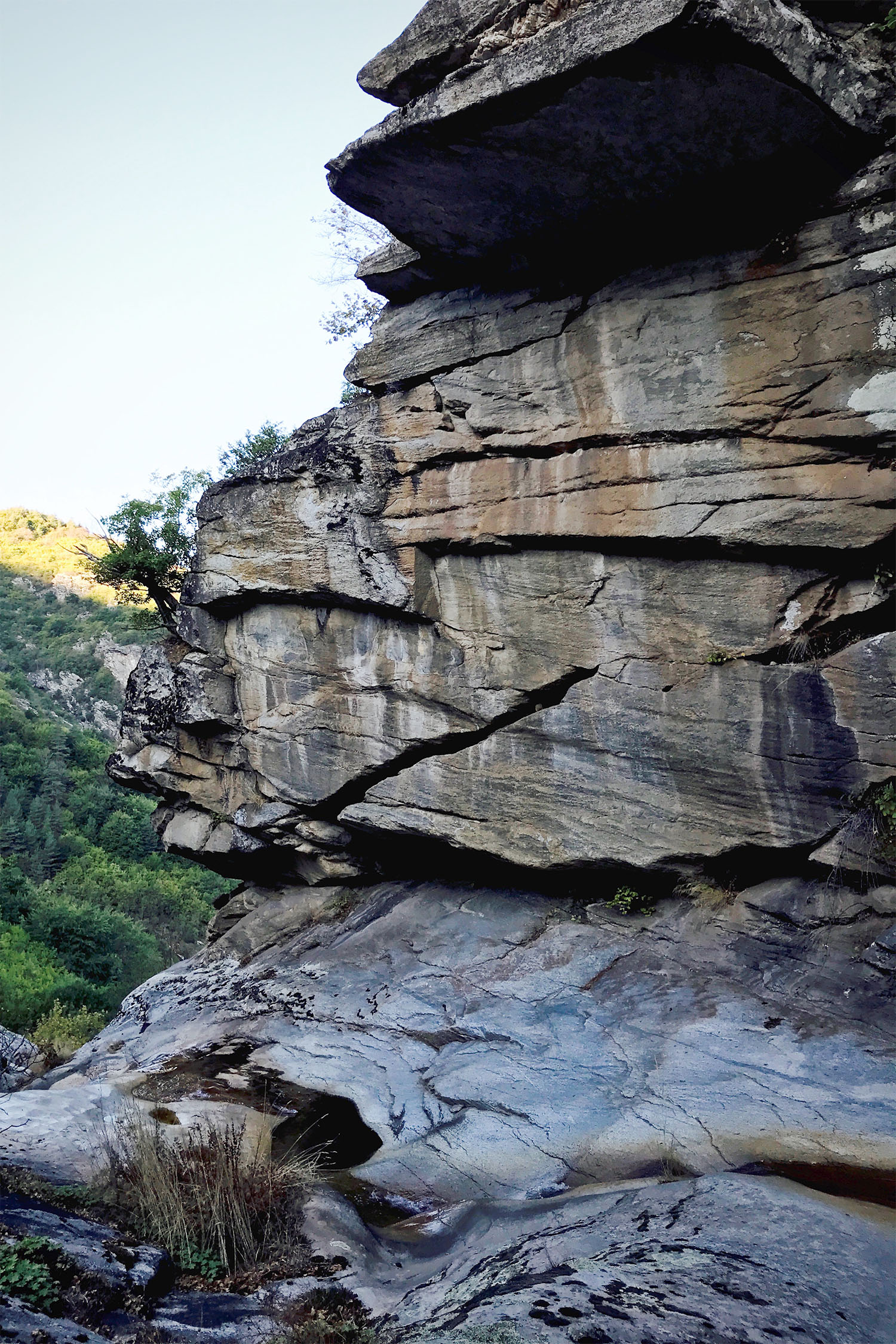
Building with wood together,
a
We've had the opportunity to work in this area as students of the masterprogramme Laboratory of Immediate Architectural Intervention at the Umeå School of Architecture in the north of Sweden thanks to our fellow student Ioulia Eleftheriadou, the daughter of the president of Mavros Vrachos at that time Eleftherios Eleftheriadis. The hut was realised by means of two workshops: first with a group of eight students in a technology and design workshop of one week in Umeå and later on in the same year with sixteen students for construction in the north of Greece.
a
A small design brief was formulated by Mavros Vrachos that was the starting point for the design of the hut. The shelter of around twenty square meters should host eight people in four bunk beds, furthermore it should provide personal storage space for the users including special equipment, a dressing room or area and finally a place for a social gathering inside in case of rain is to be afforded.
a
Wood and specifically pine is a playful material through its characteristics. It is possible to give form to it with hand tools that enable a low threshold for anyone to try and experience working with wood. During construction it is easy to make changes to the design and it is possible to work without a design made in advance. Details are playfully conceived of and made in the process. These are some of the qualities of the material that we have consistently used in the projects that we have realised as a group of students. Just like balloon frame-like methods. Extremely appropriate for the short workshops, making it possible for us to build a 'Swedish' hut in Greece in six days. More importantly, we enjoyed it. Fun is included in the construction process. We are practicing a way of working in common.
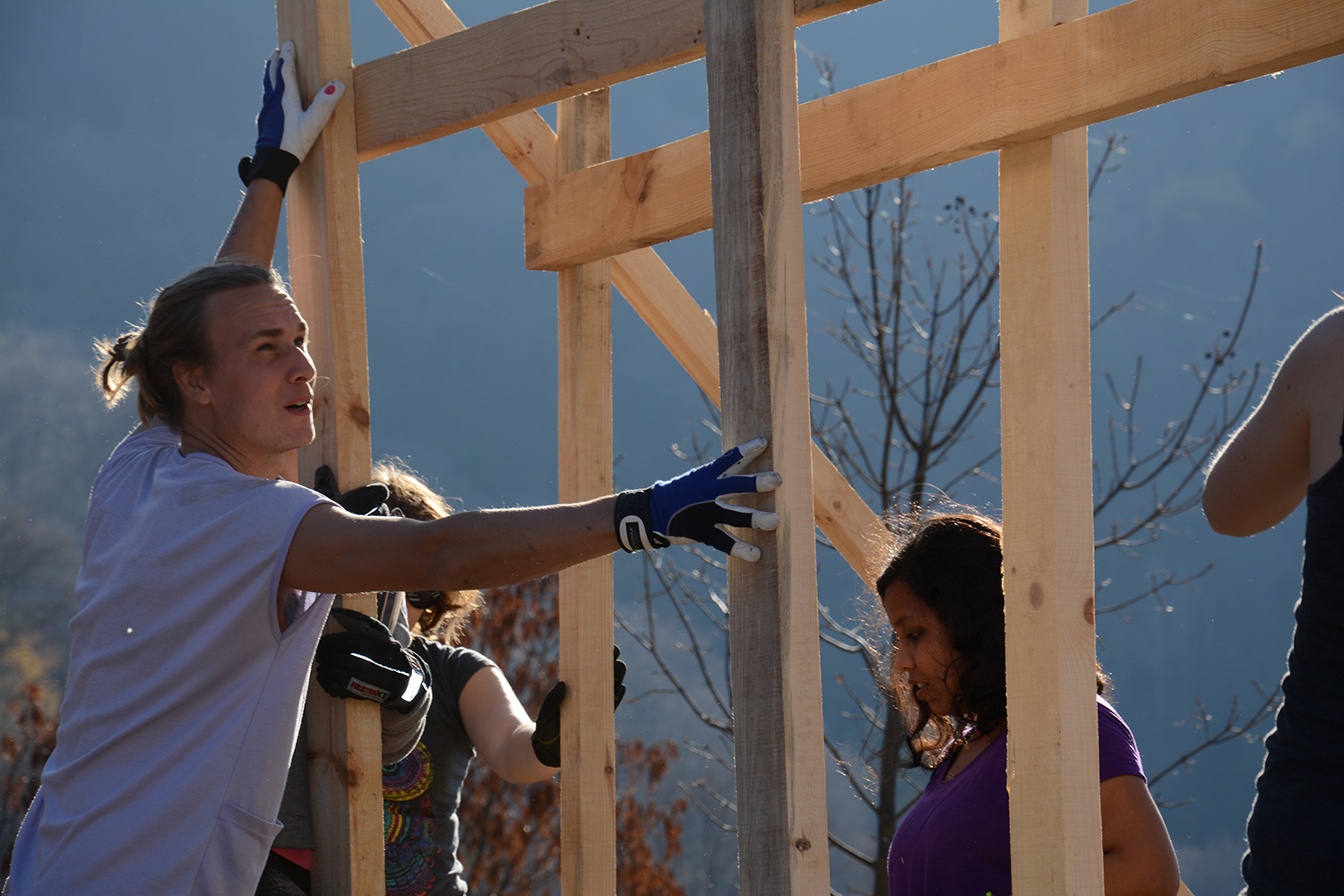
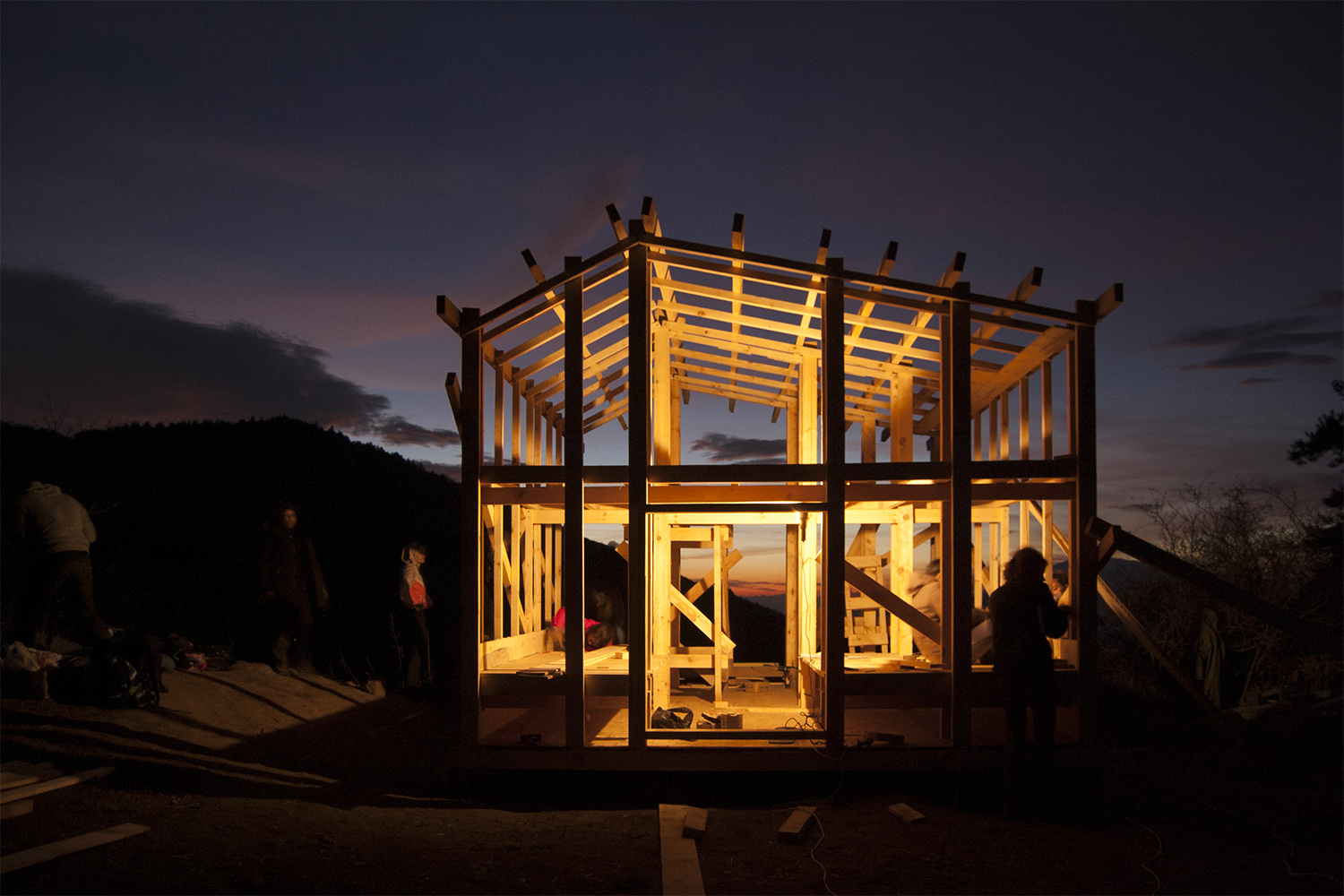
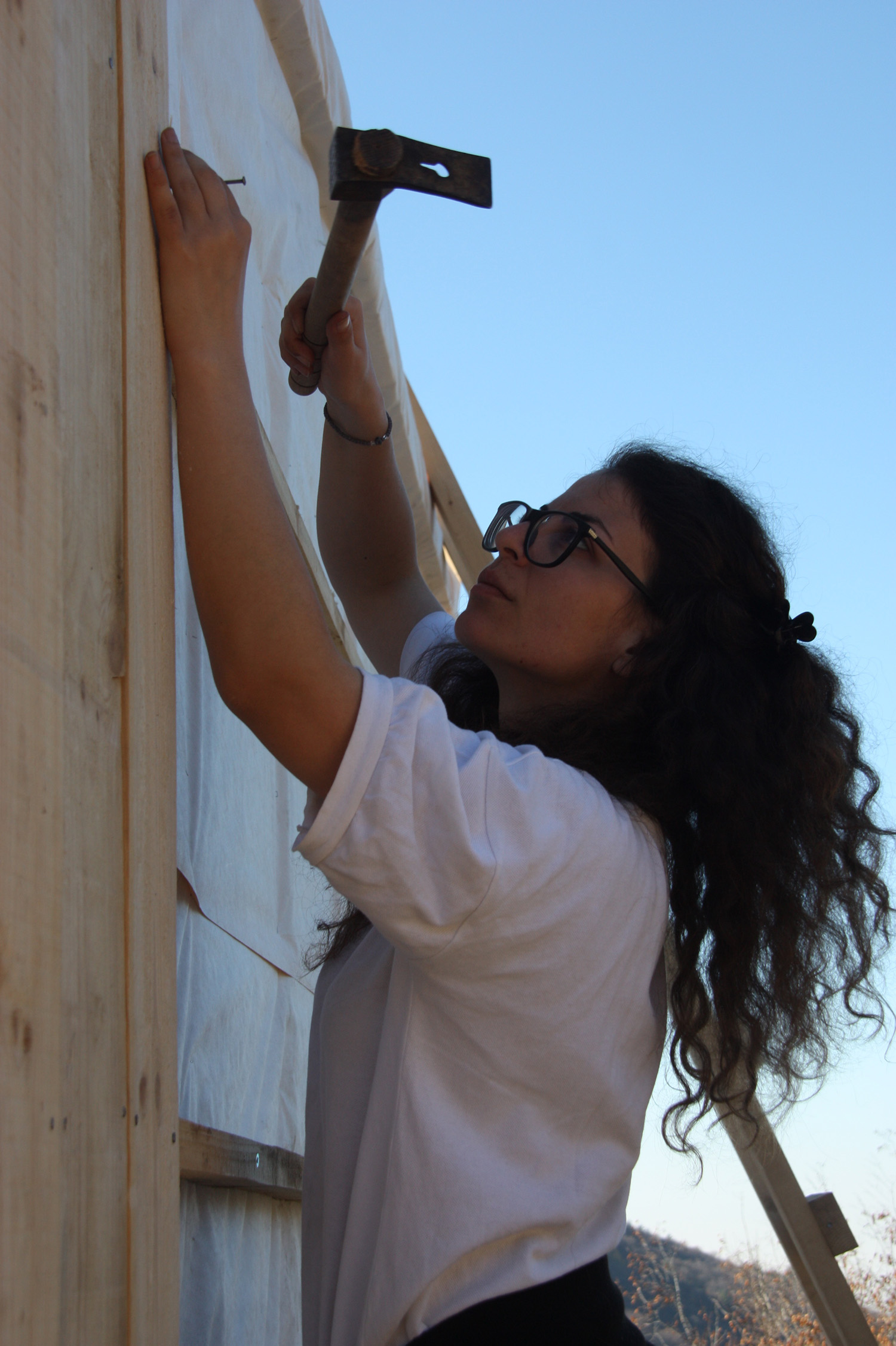
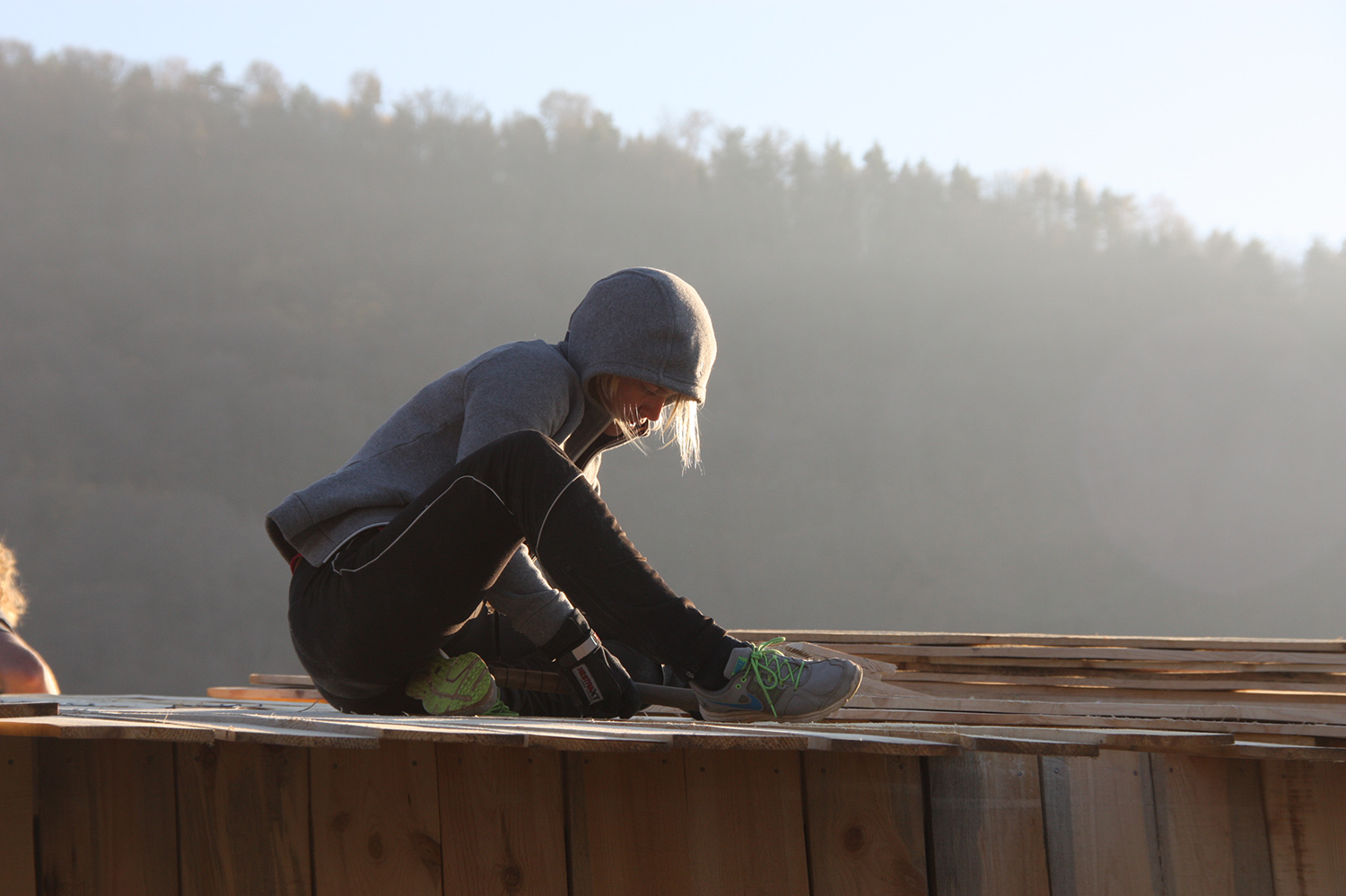
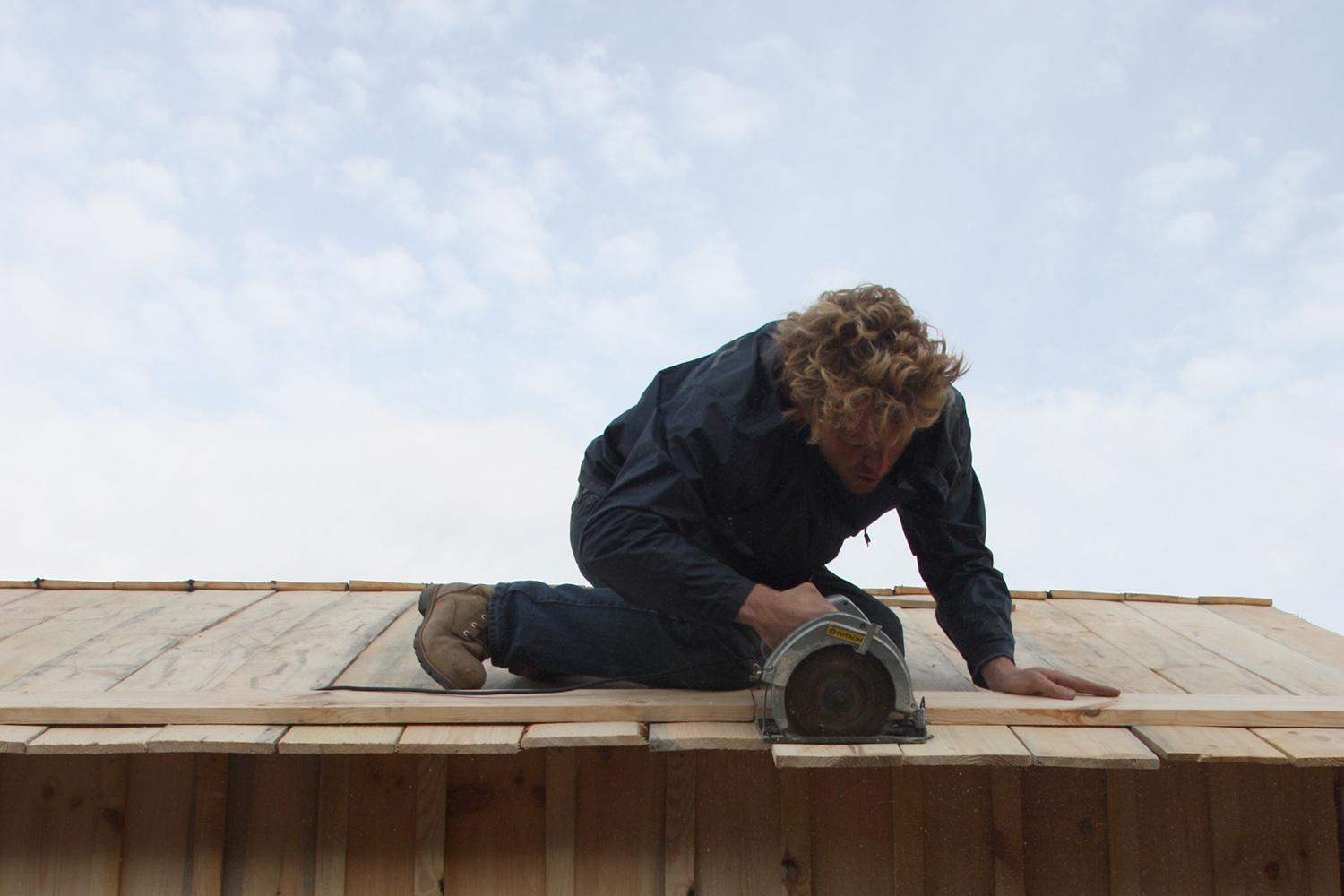
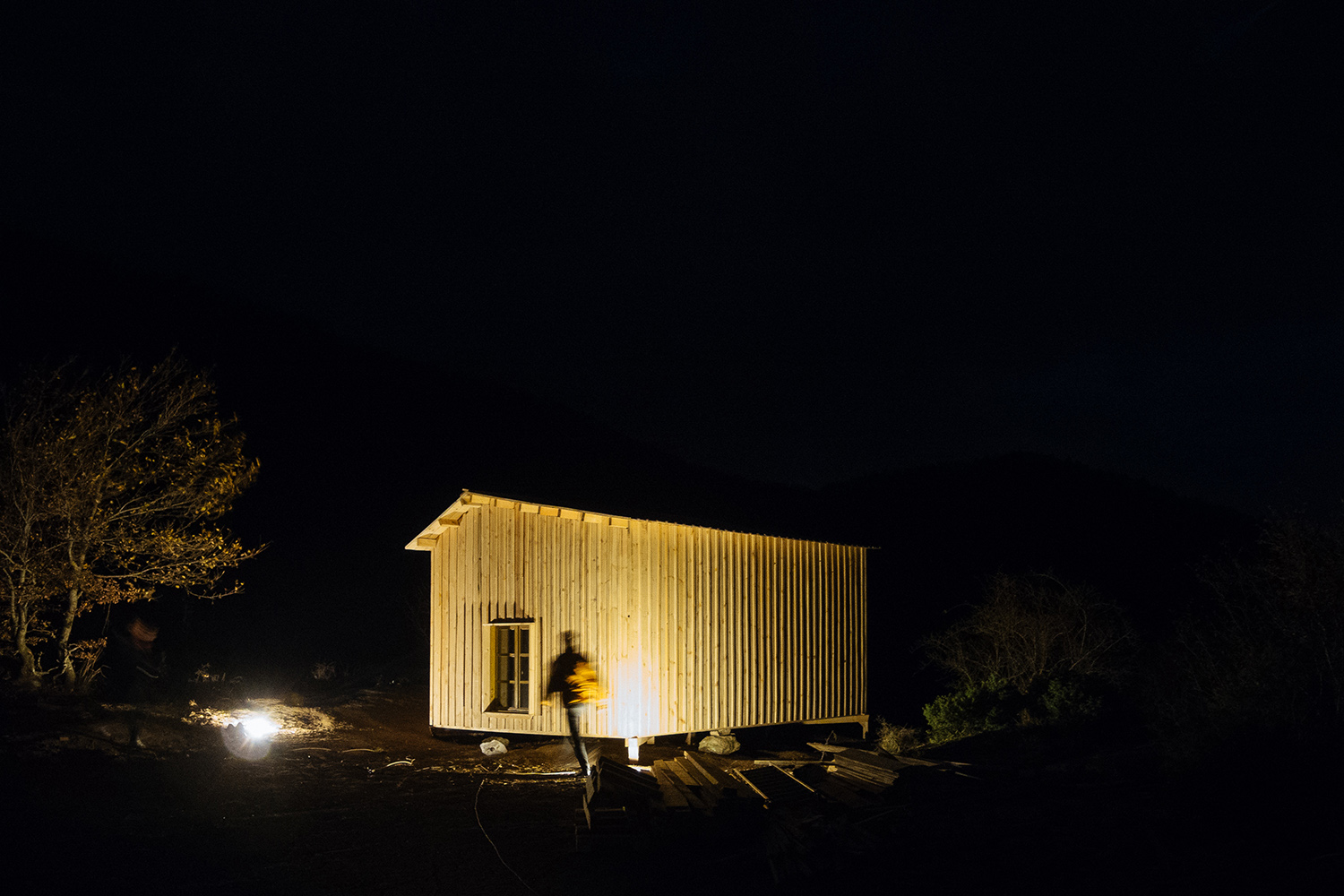
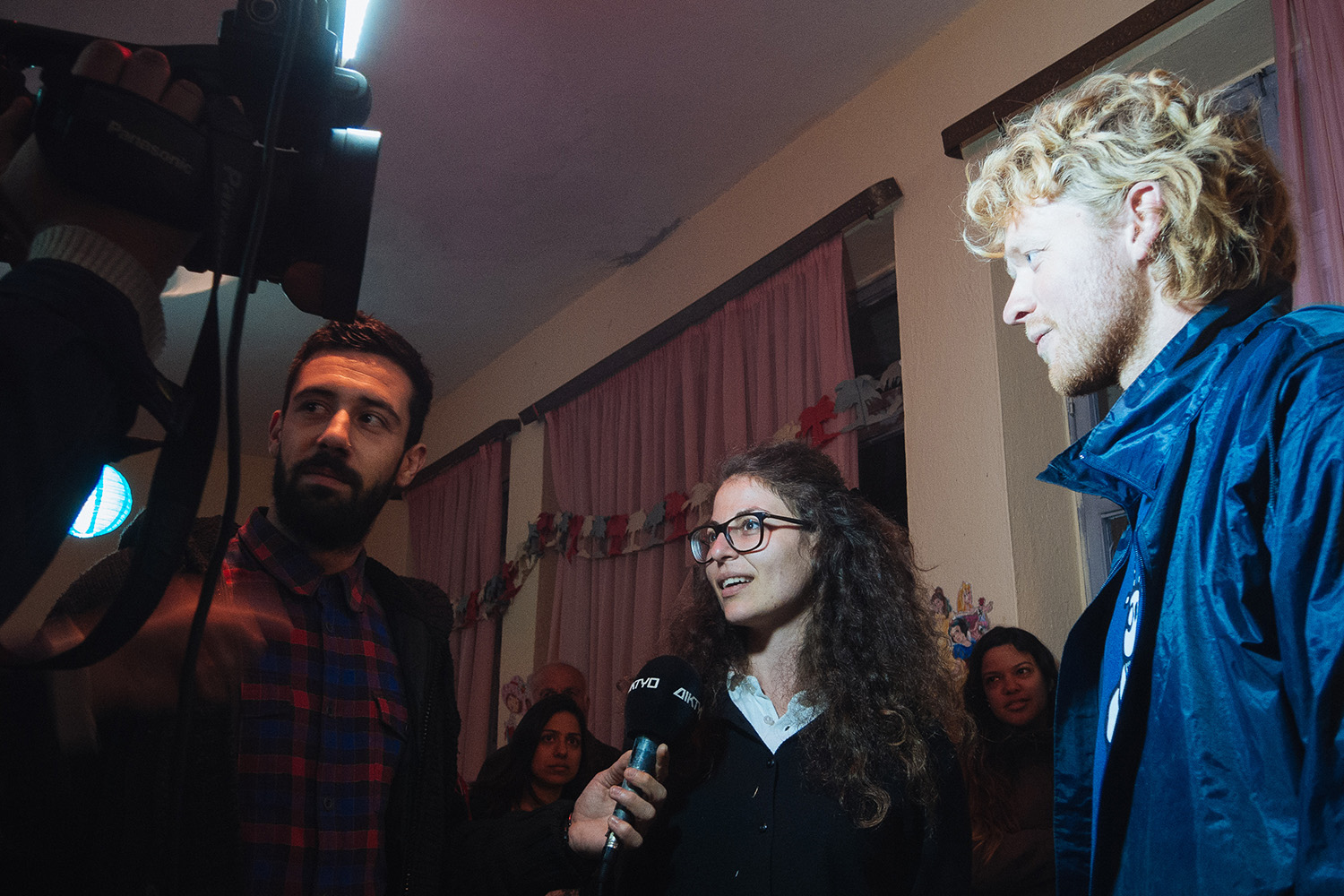
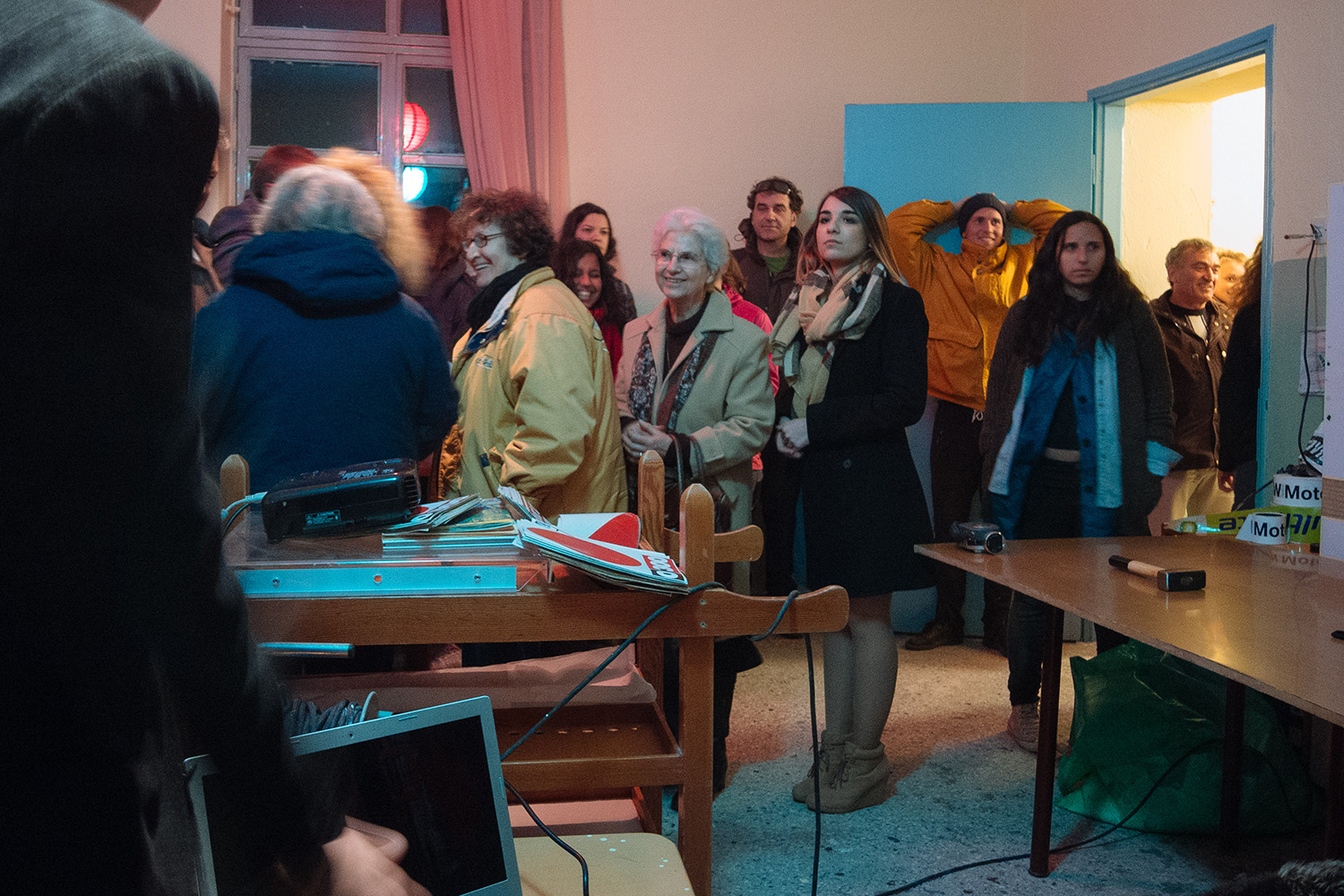
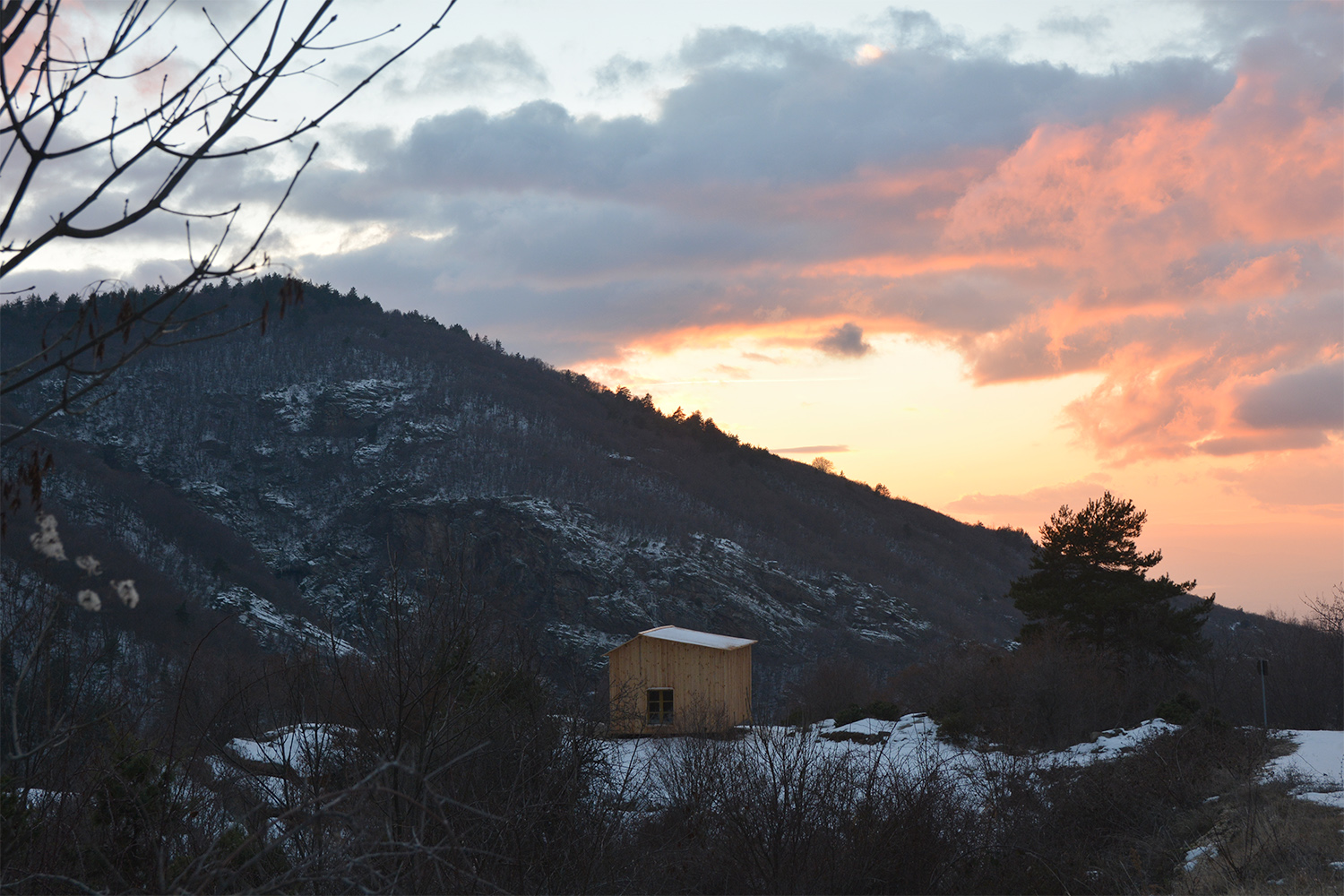
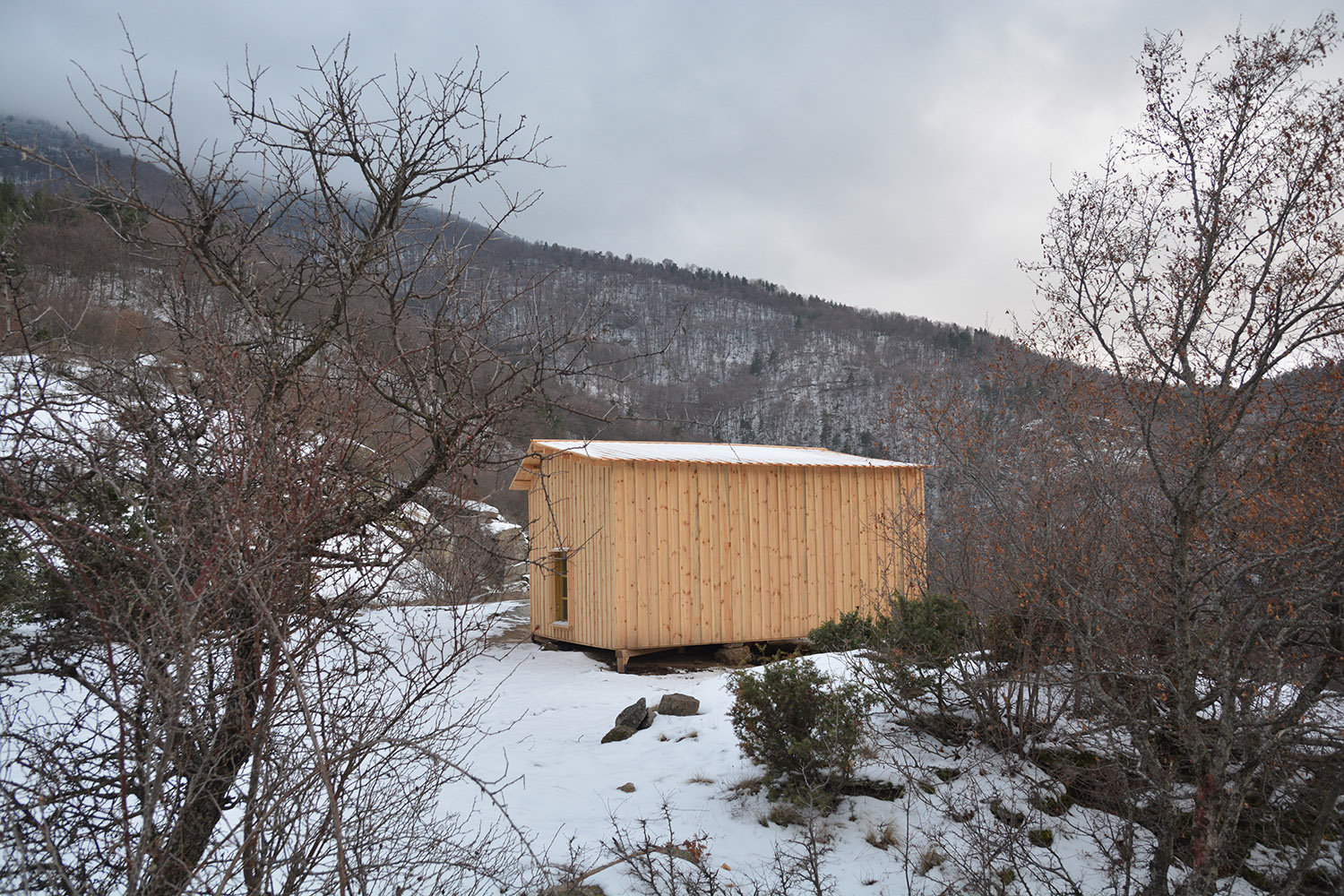
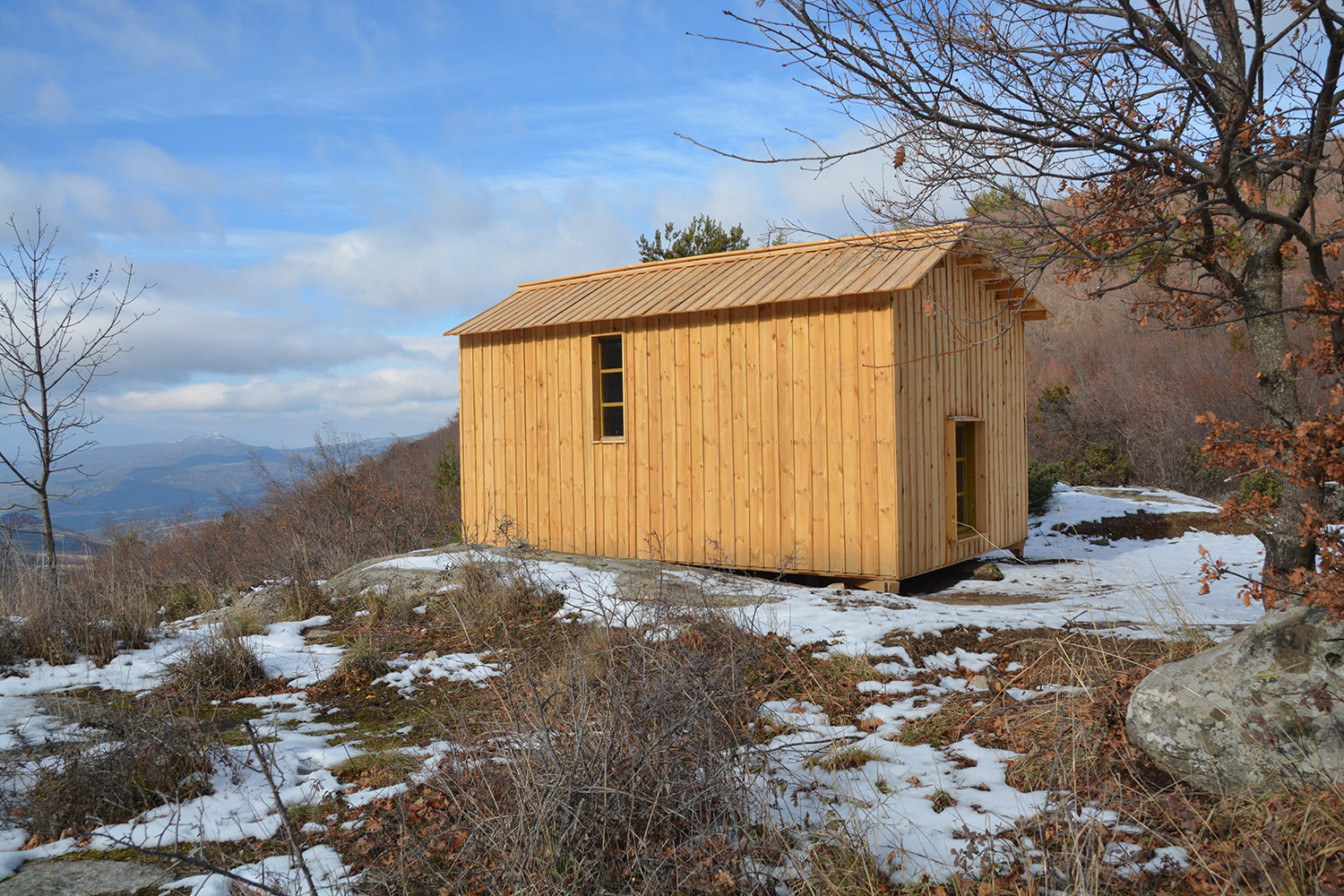
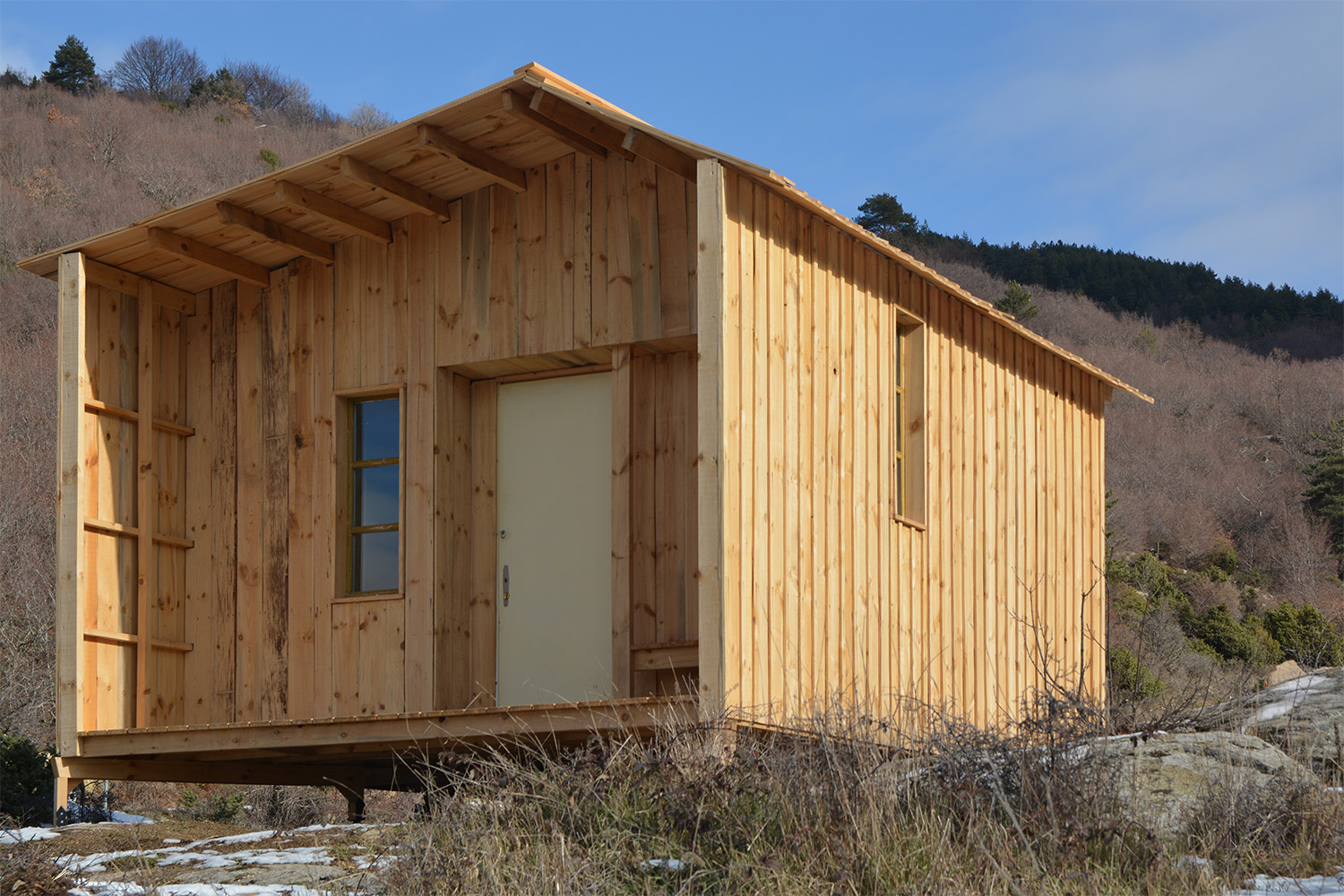
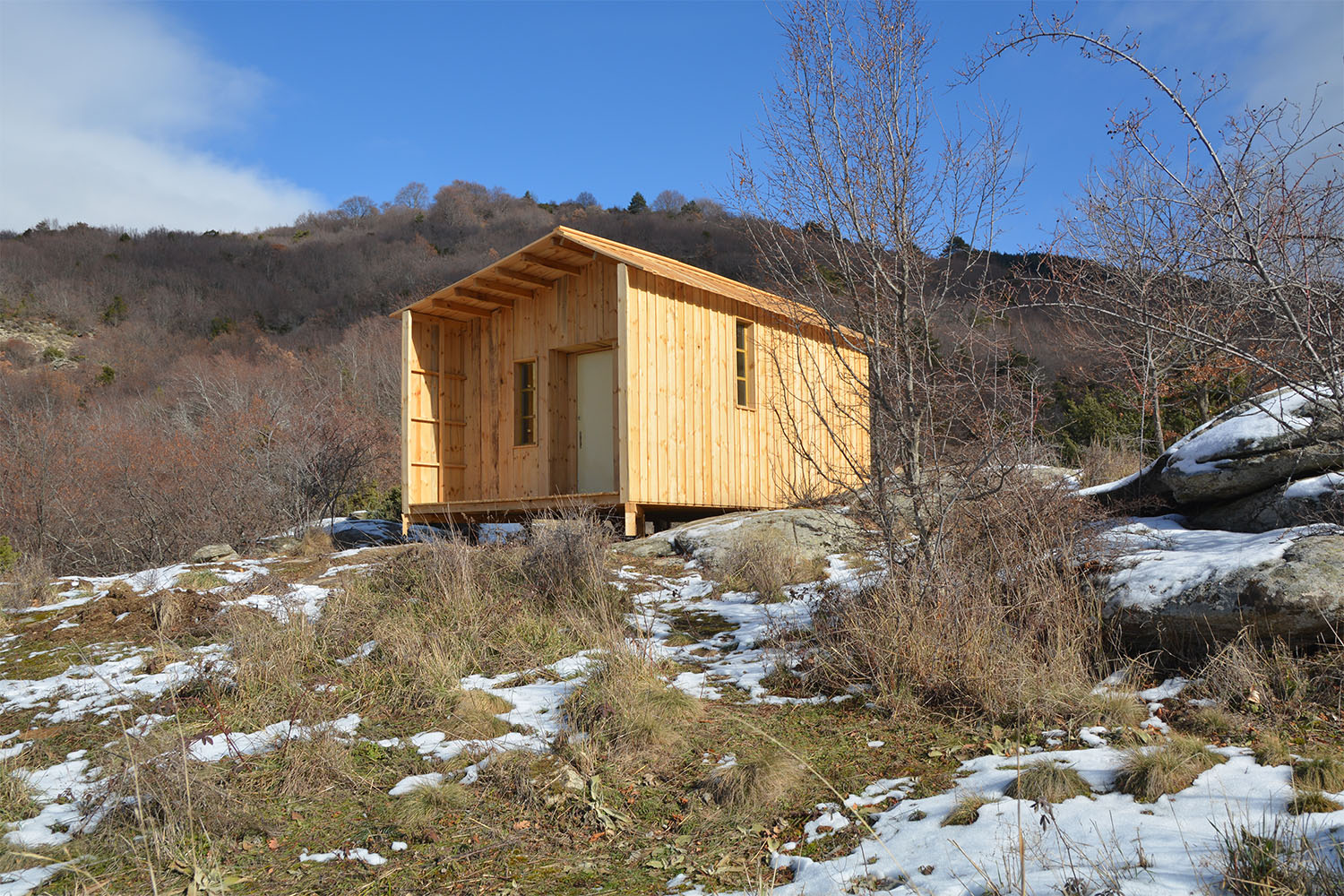
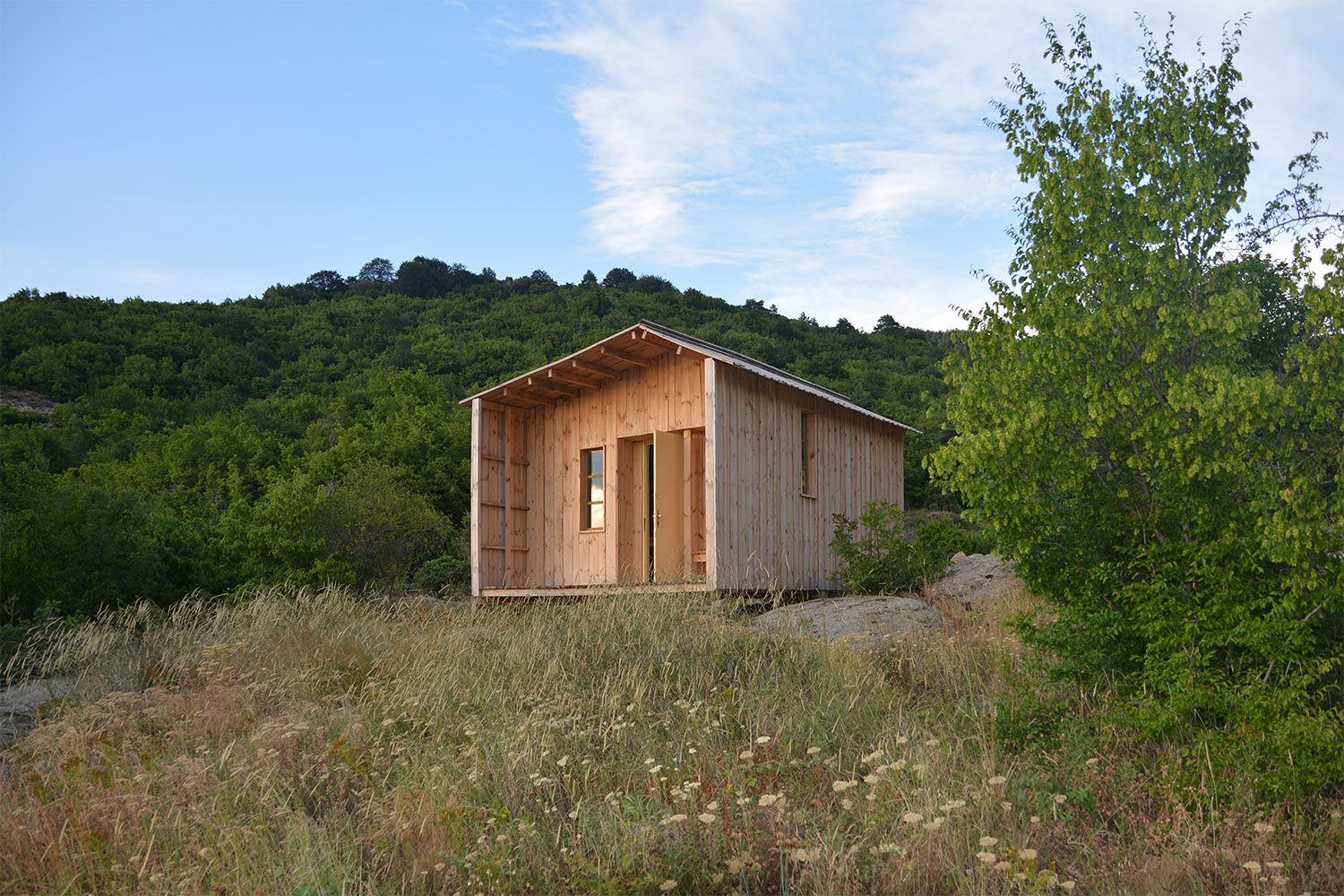
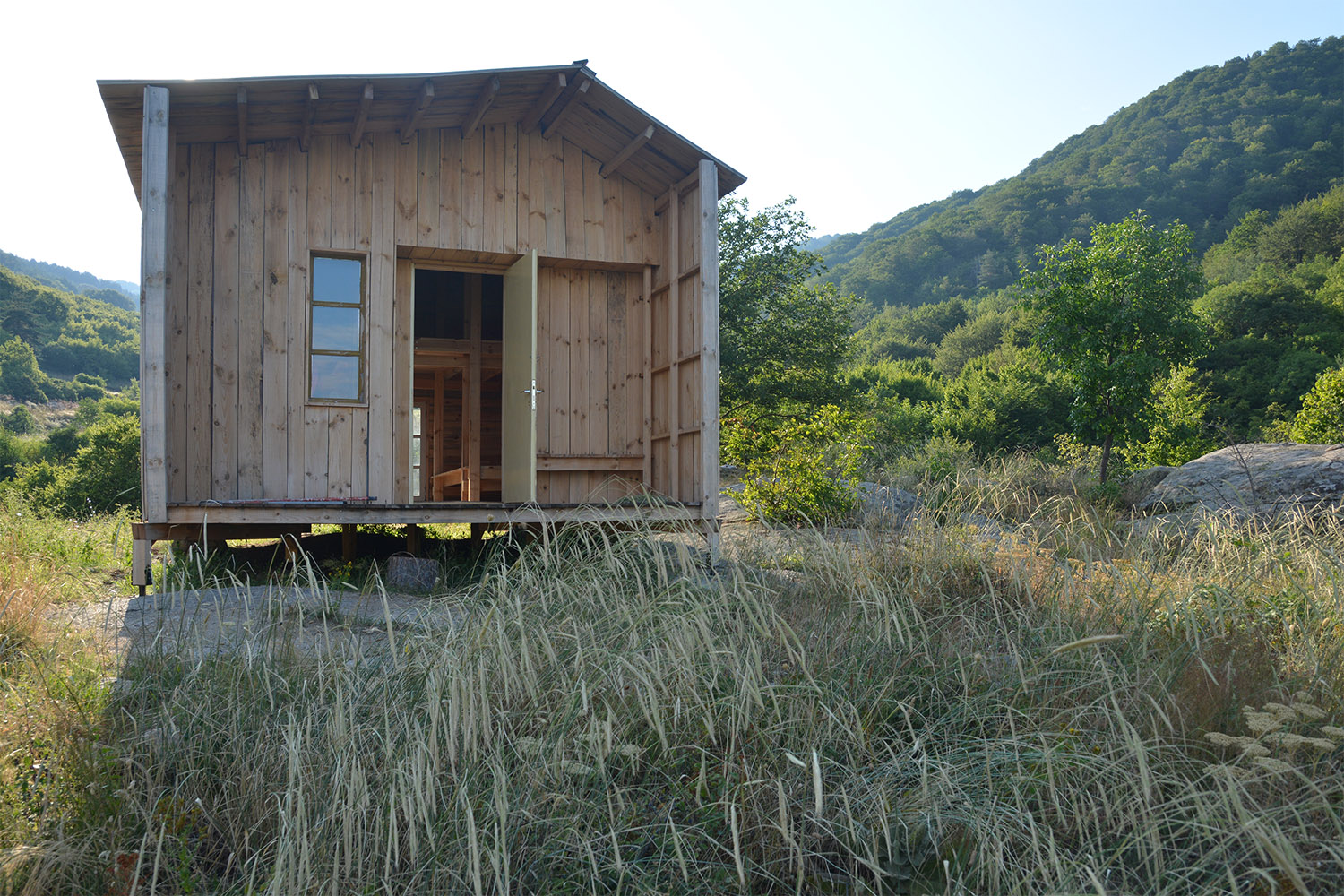
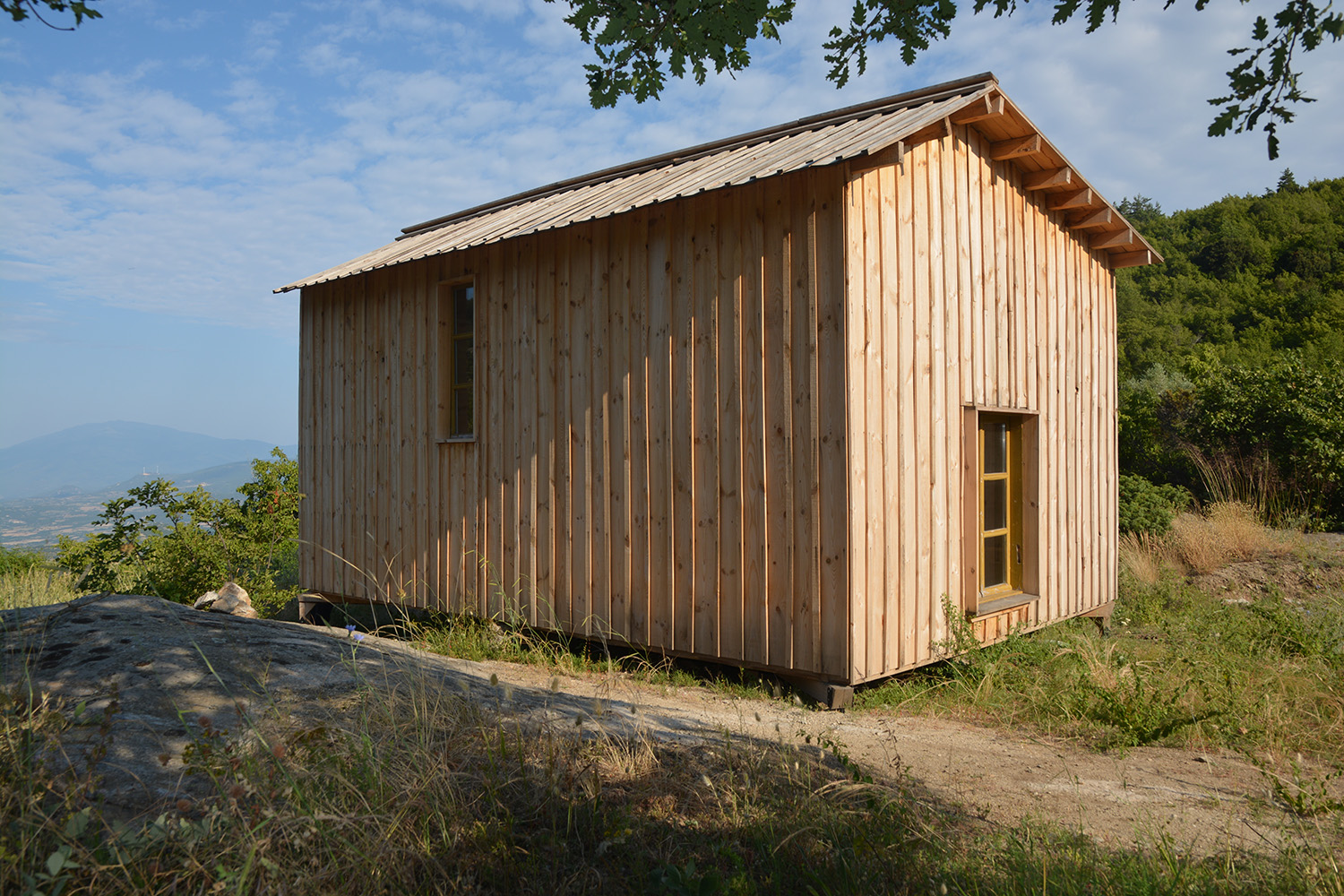
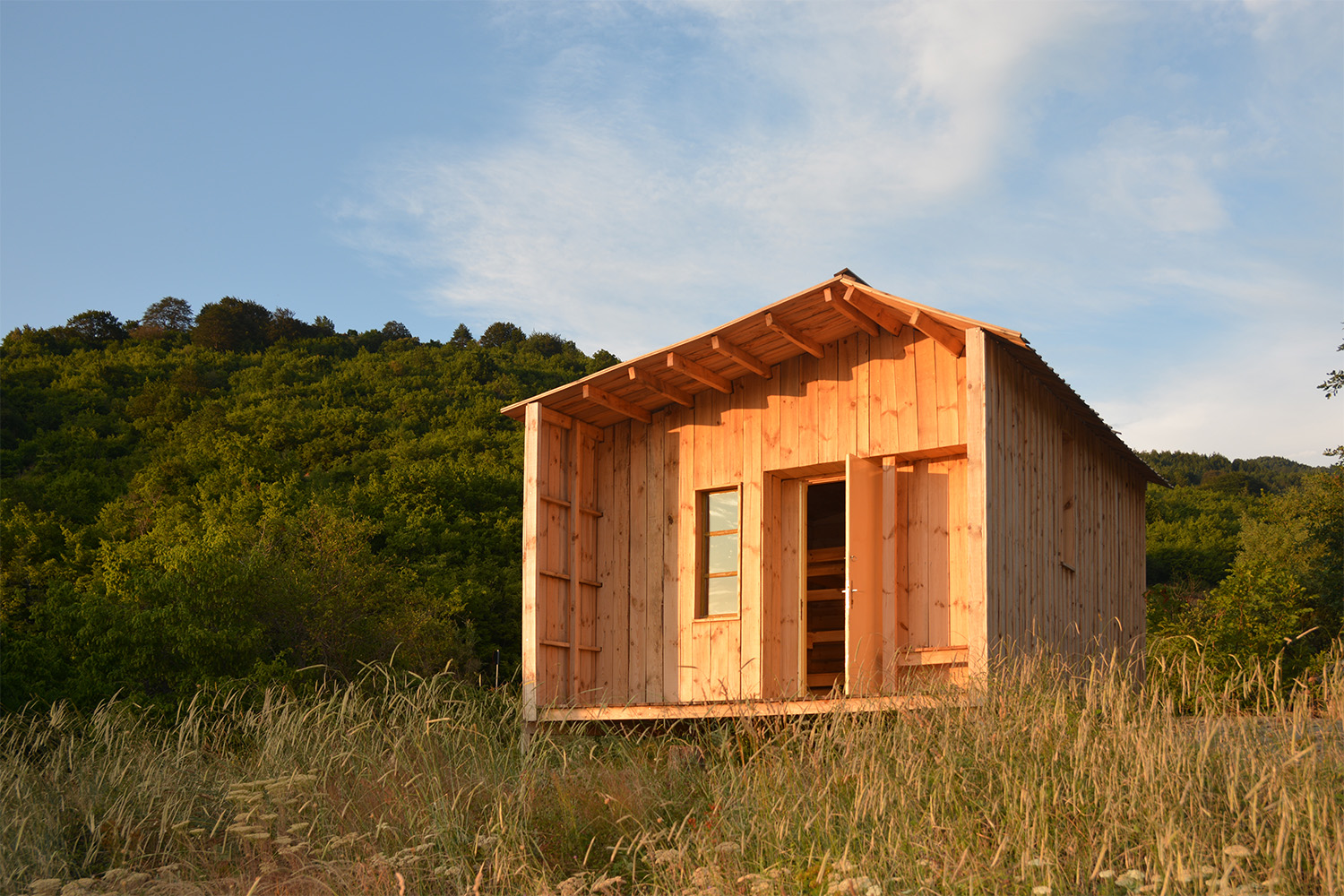
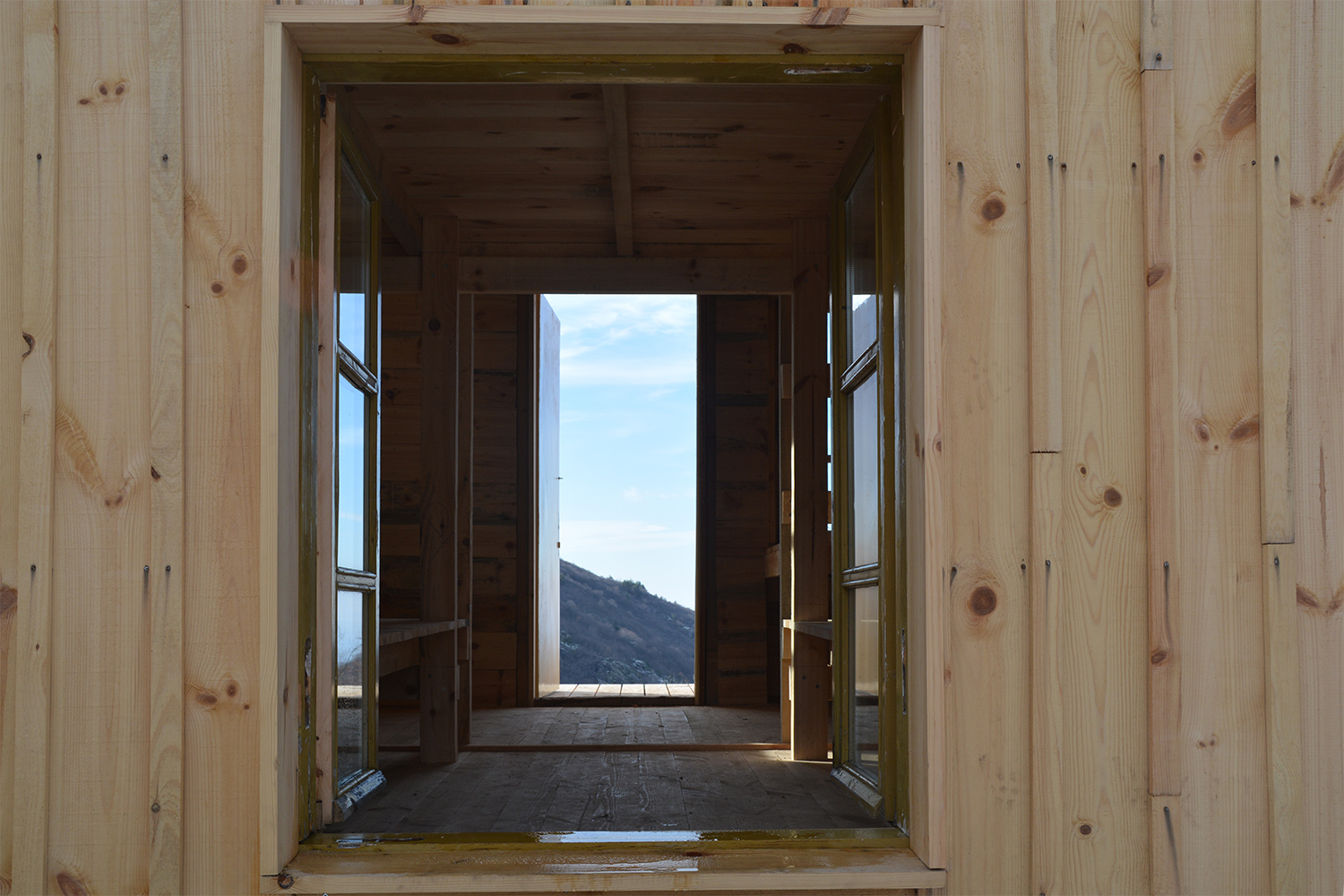
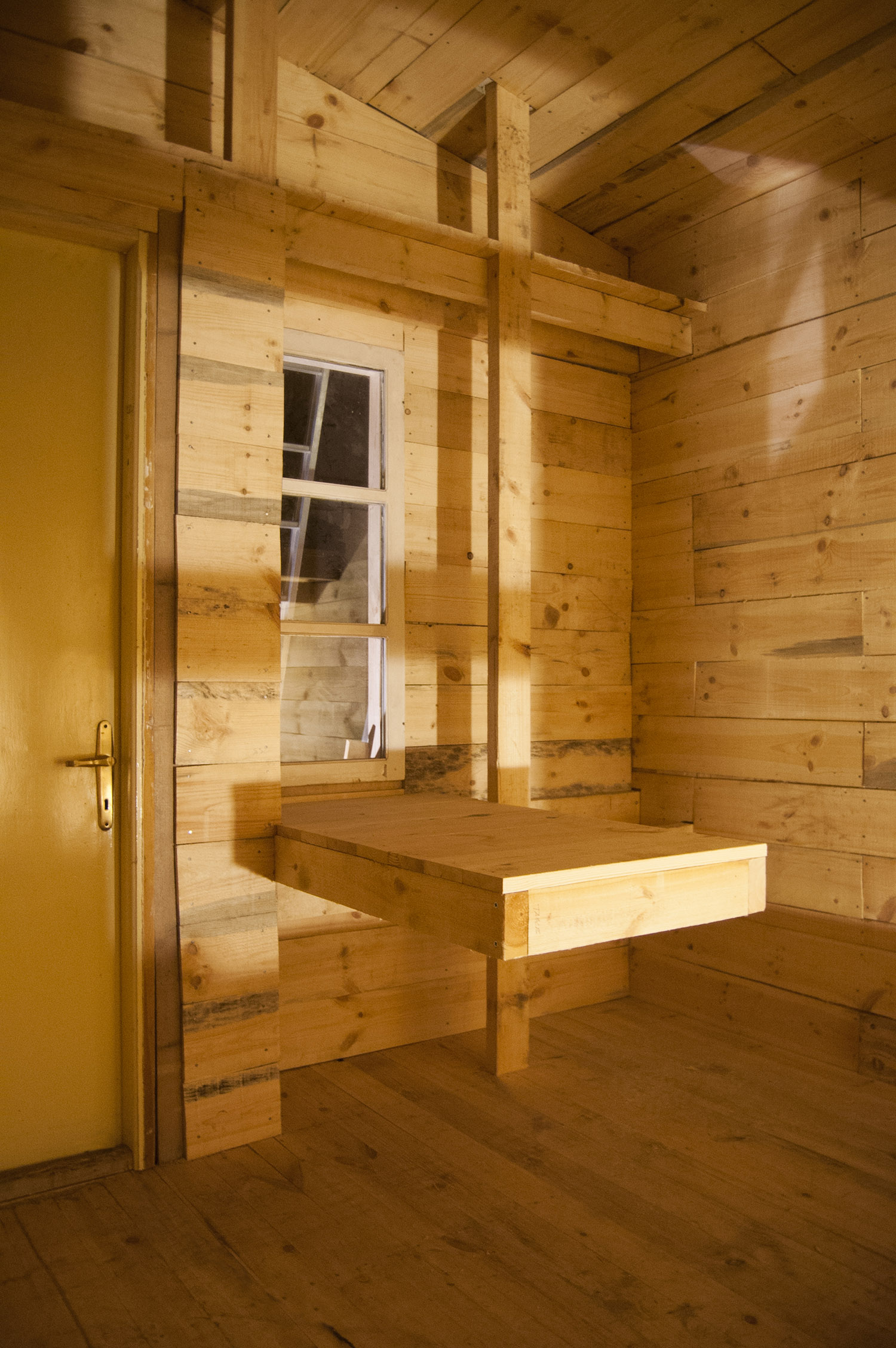
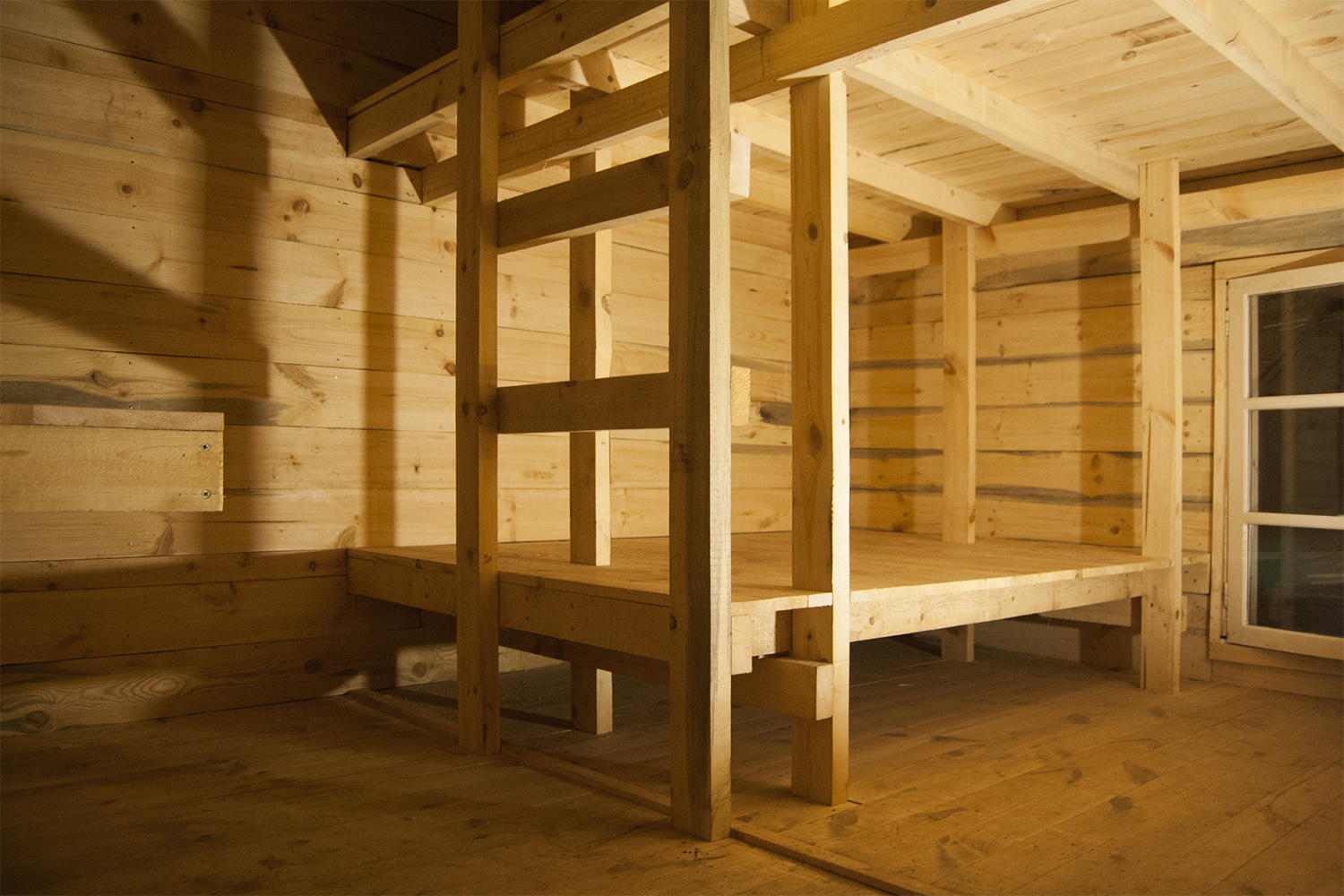
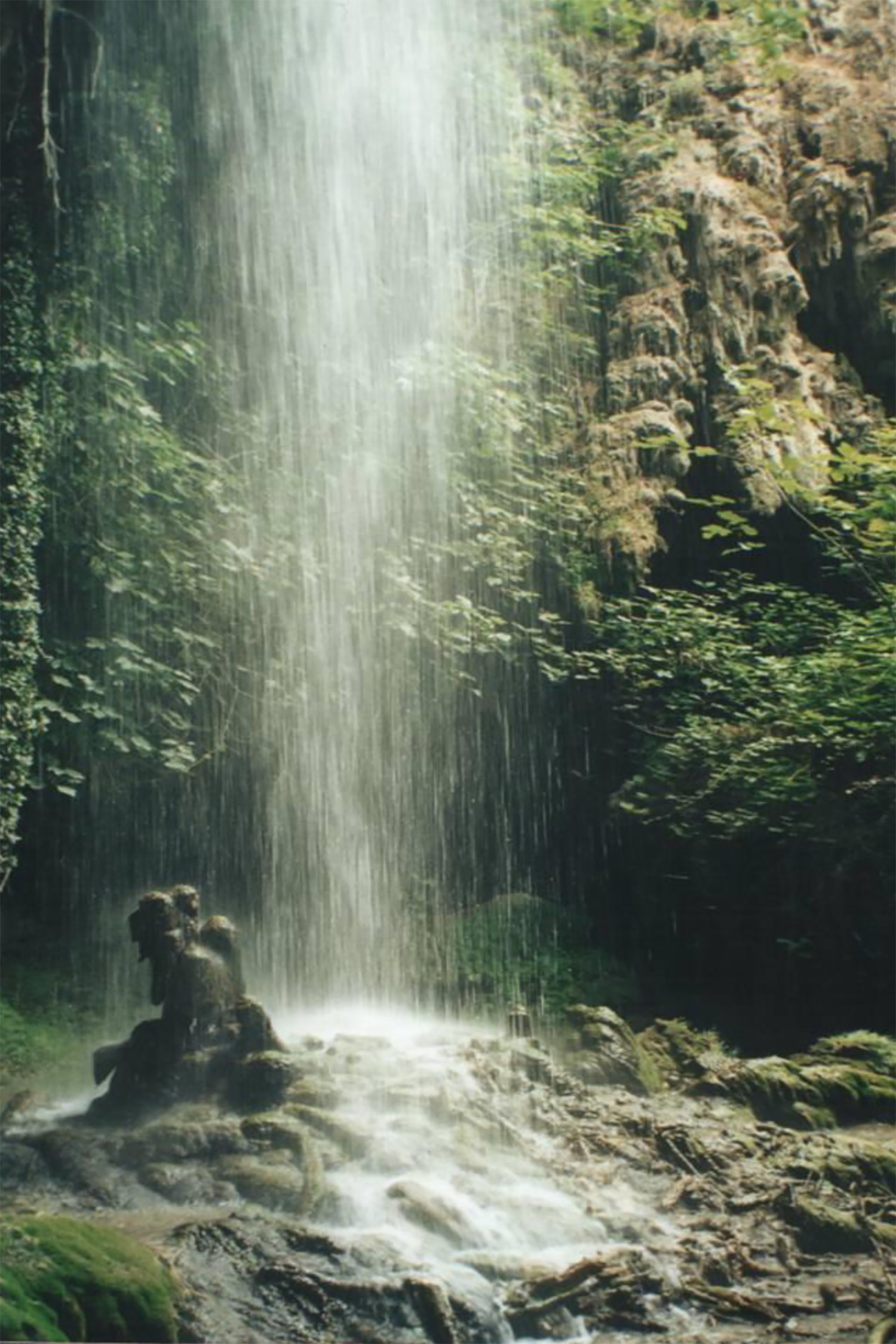
Design and realisation by Alla Onopchenko, Arusree Mohanty Chhaya, Daniella Lorenna Ricci Saccotelli, Egle Rutkauskaite, Ioulia Eleftheriadou, Jesse Svensson, Lisa Nordström, Måns Lundberg, Maria Theophanous, Marianna Carine Nunes, Mirjam Drechsler, Piotr Paczkowski, Rogier Rouwet, Simeon Hunter, Sofia Musatti, Victor Berg.
Organisation by Ioulia Eleftheriadou.
a
Thanks to Alberto Altes Arlandis, Josep Tarres Garriga, the inhabitants of Sidirocastro and Kapnofito.
a
In memory of Eleftherios Eleftheriadis, former president of the speleological association Mavros Vrachos (see the photo below; Eleftherios Elefteriadis close to the site of the hut).
